Sony Bravia 5 is the continuation of the iconic X90L model, and it's clear that the manufacturer aimed to take a step forward. A greater number of backlighting zones have been implemented, which makes the contrast seem better in many scenes, with deeper blacks than its predecessor. The 120 Hz panel and MotionFlow system allow you to tailor the fluidity of the image to your own preferences – from a slight cinematic texture to crystal smooth motion in sports and games. This is a device that is unafraid of any content, because regardless of whether we're watching a match, an action film, or a concert, the image maintains clarity and character. However, the true strength of the Bravia 5 remains its XR processor. It's what makes older materials look better than they should – upscaling works like magic here, smoothing out noise, improving gradation, and providing coherence even to content of lower quality. As a result, in everyday use, the Bravia 5 can surprise, because instead of battling with signal imperfections, it extracts the maximum from them. Additionally, there's excellent colour reproduction once calibrated, as well as dynamic tone mapping with Dolby Vision mode, allowing you to enjoy details even in challenging, high-contrast scenes. However, it cannot be hidden that at several moments, the Bravia 5 has let us down significantly. Despite the greater number of zones, brightness and contrast are not always better than in the X90L – sometimes they even perform worse. This raises a sense of wasted potential, as we were hoping for a greater qualitative leap. After all, we are talking about a true MINI-LED television here. Nevertheless, the Bravia 5 remains an excellent TV for those who want to enjoy quality image above all. If you're looking for a model that can impress with smooth motion, extracts details from difficult scenes, and works wonders with older materials, the Bravia 5 will easily meet these expectations. It's a television that sometimes cannot quite match the competition in certain respects, but still defends itself with what Sony does best – cinematic imagery.
- Matching (Score)
- Our verdict
- TV appearance
- Where to buy
- Contrast and black detail
- HDR effect quality
- Factory color reproduction
- Color reproduction after calibration
- Smoothness of tonal transitions
- Image scaling and smoothness of tonal transitions
- Blur and motion smoothness
- Console compatibility and gaming features
- Input lag
- Compatibility with PC
- Viewing angles
- TV efficiency during daytime
- Details about the matrix
- TV features
- Apps
- Playing files from USB
- Sound
Sony BRAVIA 5 (XR5) vs SAMSUNG S95F (TANDEM OLED 83")
Direct compare
Bravia 5 / XR5
S95F / FAT / FAE
Available screen sizes: 83”

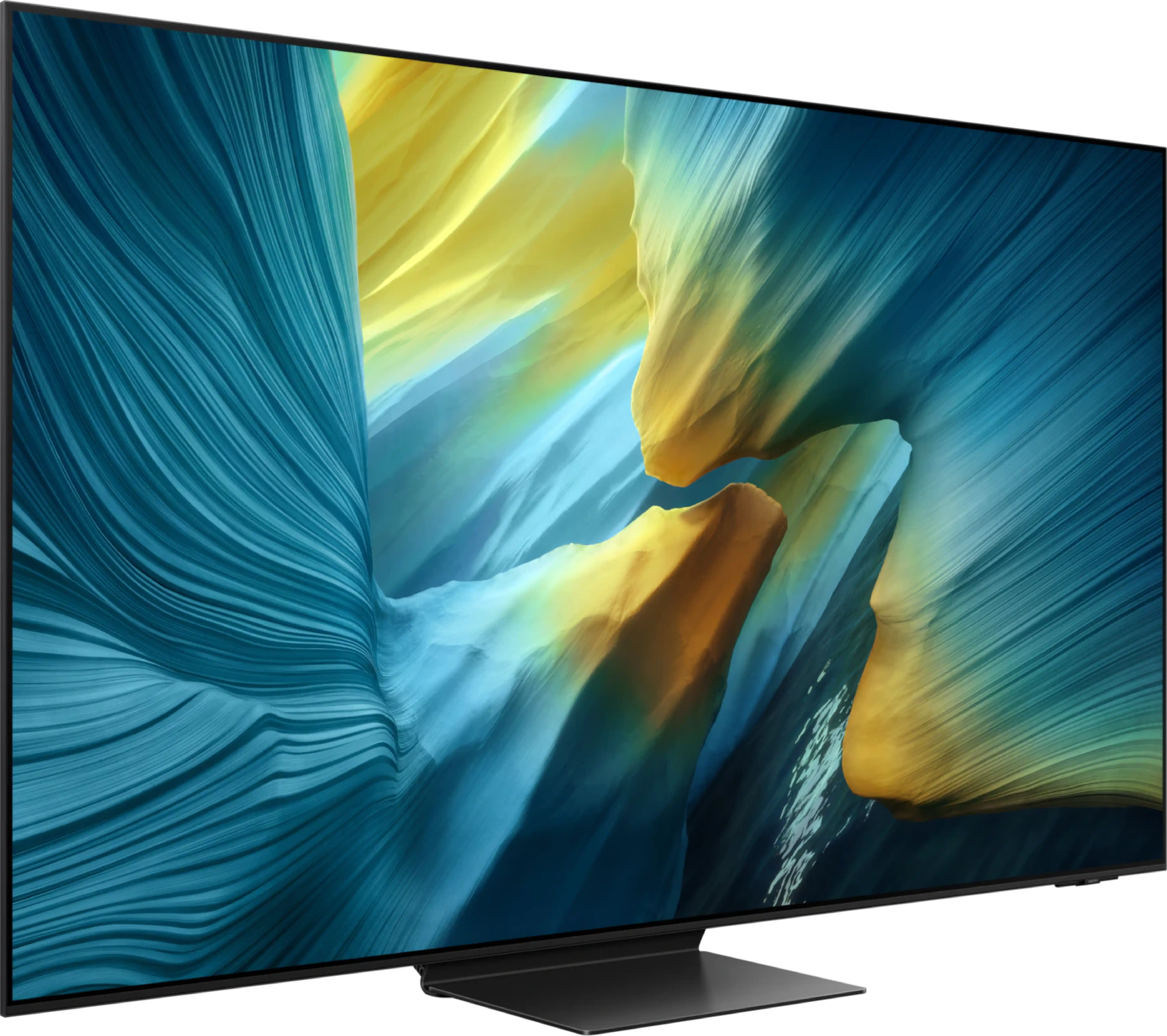
Panel type: LCD VA
Resolution: 3840x2160
System: Google TV
Model year: 2025
Complete the survey to find out the result

Panel type: WRGB OLED
Resolution: 3840x2160
System: Tizen
Model year: 2025
Complete the survey to find out the result

Overall rating
7.6
8.7
Movies and series in UHD quality
7.0
9.0
Classic TV, YouTube
7.4
9.0
Sports broadcasts (TV and apps)
7.2
8.7
Gaming on console
8.7
9.9
TV as a computer monitor
8.0
8.8
Watching in bright light
6.9
7.7
Utility functions
7.6
7.9
Apps
9.6
8.7
Sound quality
7.0
8.0
Complete the survey to find out what fits your preferences
Advantages
Exemplary upscaling and digital image processing – Sony's proprietary XR processor
Very good picture quality after calibration
Solid contrast for a Mini-LED screen
Great support for HDR content thanks to Dolby Vision and dynamic tone mapping
High motion smoothness at 120Hz
Outstanding input lag (7 ms at 120 Hz)
Very good compatibility with PC – super readability of fonts, support for G-Sync and FreeSync Premium Pro.
Google TV at its best, fast and without annoying glitches
2 remotes included
Pleasant, loud sound at 40 W from a 2.2 system.
Perfect black and outstanding contrast
High image brightness
Amazing image quality after calibration
Ultra-fast WOLED panel 165 Hz
Excellent choice for gamers – full support for HDMI 2.1, VRR, ALLM, and HGiG, with an input lag of just 5 ms
Very precise colour reproduction after calibration
Best reflection suppression thanks to the matte screen finish and better panel performance in challenging lighting conditions compared to the QD-OLED panel version
Intuitive and quick Tizen operating system with a rich set of features
Modern and stylish design
One Connect module for easy and aesthetic cable management
Disadvantages
Algorithms need refining – despite the increased number of dimming zones, contrast and brightness in difficult scenes sometimes fall short compared to the X90L
Screen mirroring practically didn’t work with Windows and Android
Only two HDMI 2.1 ports – for a TV of this class, that is definitely not enough, especially if someone plans to connect a console, soundbar, and additional devices
No support for DTS:X (home cinema)
No USB recording from built-in tuners
Worse viewing angles (though still very good) than the version with QD-OLED panel
Our verdict
In the case of the 83-inch version, Samsung took a different route than with smaller diagonals and opted for LG Display's Tandem WOLED panel. This move initially raised questions but has proven to be right on the money in practice. We have here an exceptionally successful mix: absolutely reference black, excellent brightness allowing enjoyment of HDR content even during the day, and overall picture quality that firmly places this television at the top of the entire market. There are also features aimed at gamers – lightning-fast input lag, 165 Hz refresh rate, full support for VRR and G-Sync/Freesync, as well as four HDMI 2.1 ports that allow connection of multiple consoles or PCs without any compromises. Adding to the list of pros is the matte coating – rare in OLEDs, yet remarkably effective in this case. Thanks to it, light reflections are largely eliminated, and the television remains readable and comfortable to view even in a sunlit lounge. This is a feature that takes on even greater significance in such a large size, as it's hard to imagine an 83-inch screen on which instead of a movie, we see a reflection of our own room. Of course, there are compromises – the viewing angles on the WOLED panel are not as perfect as in the QD-OLED versions. However, in return, we get better performance in challenging lighting conditions and a more stable image when strong light hits the screen. In practice, it is hard to see this as a real downside, rather just a different distribution of emphasis compared to the smaller variants. The S95F in the 83-inch version is an almost explosive combination: a gigantic OLED with a matte coating, excellent brightness, fantastic black levels, and a complete set of features for gamers. If someone dreams of a massive, matte screen that isn't afraid of daylight, there is currently no better screen available on the market.
TV appearance




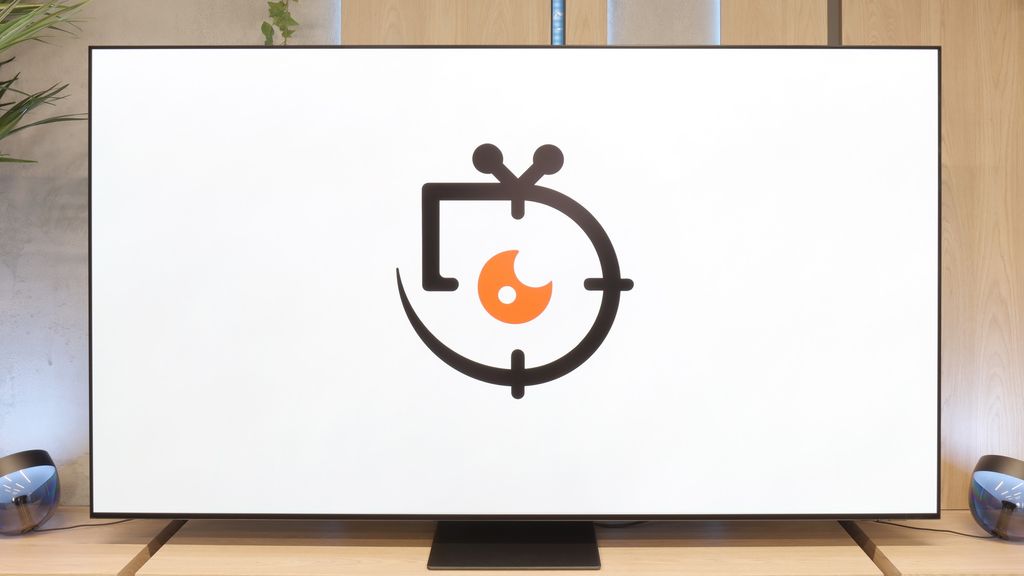
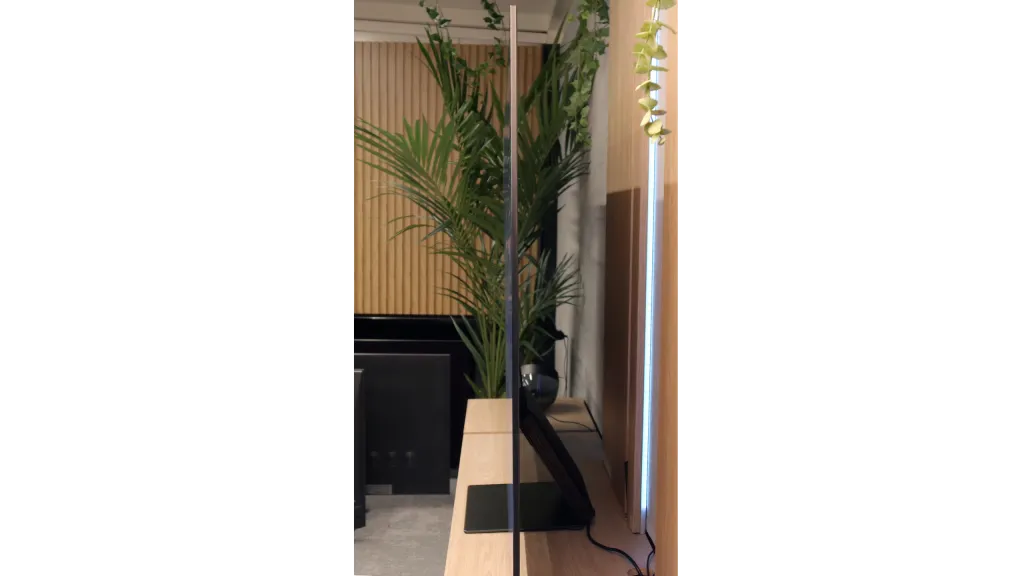
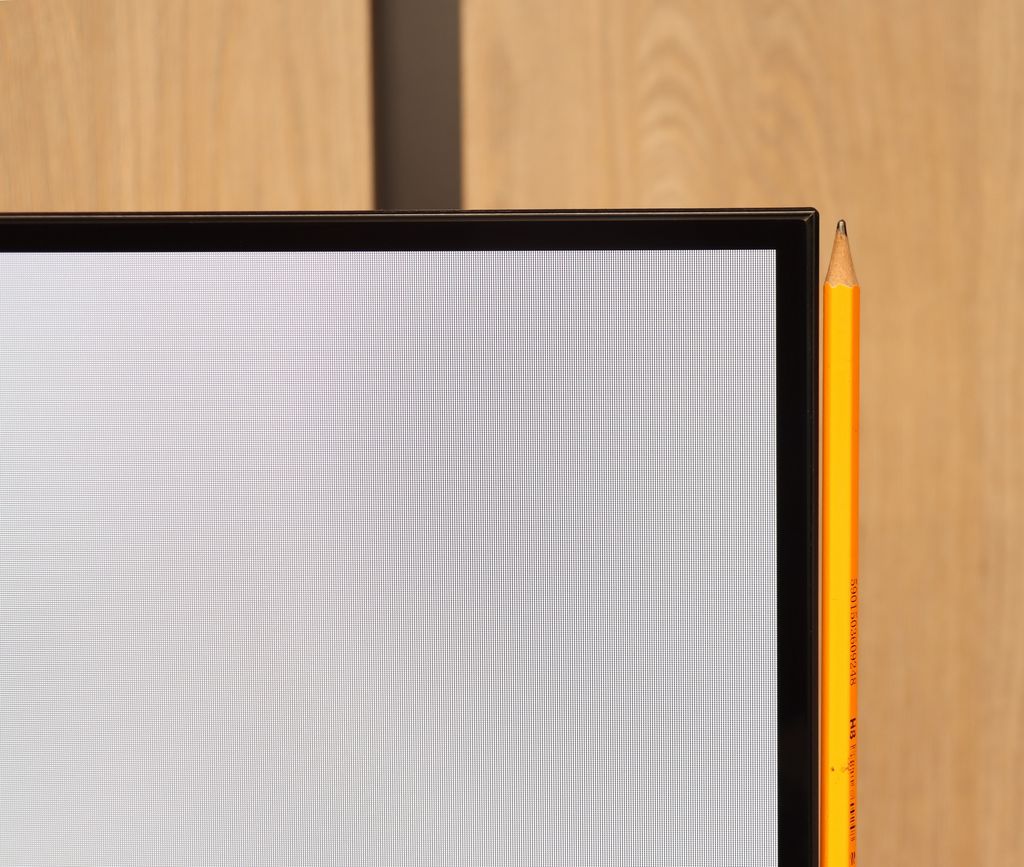
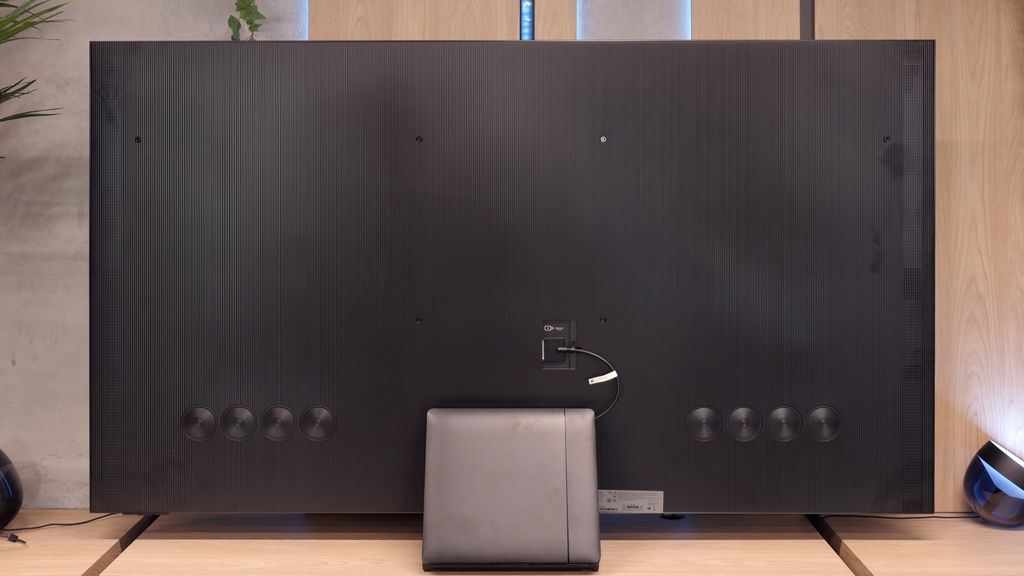
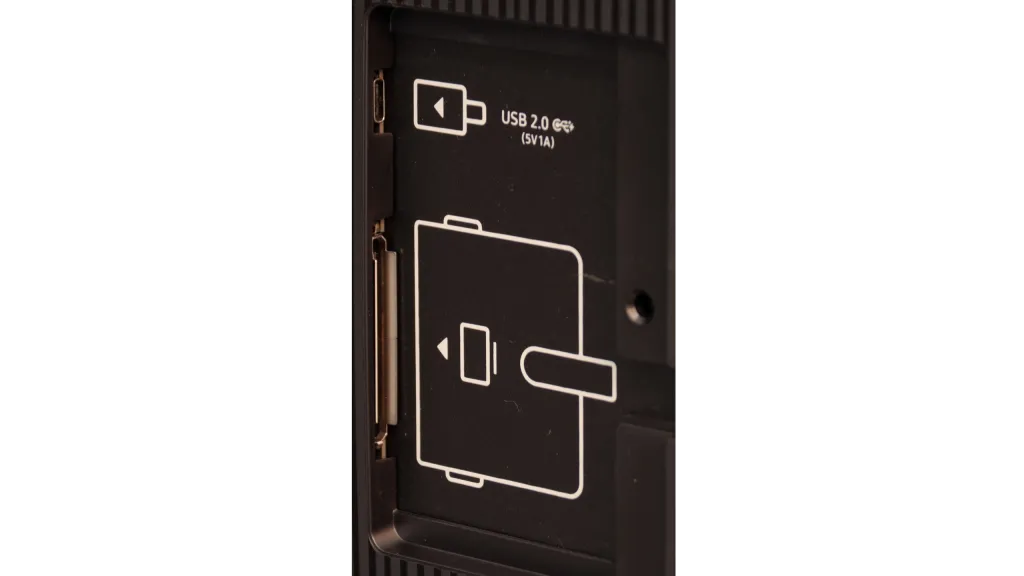
Contrast and black detail
7.5/10
10/10
Local dimming function: Yes, number of zones: 190 (10 x 19)
Contrast:

Result
104,650:1

Result
23,850:1

Result
21,300:1

Result
9,350:1

Result
6,450:1

Result
∞:1

Result
∞:1

Result
∞:1

Result
∞:1

Result
∞:1
Halo effect and black detail visibility:

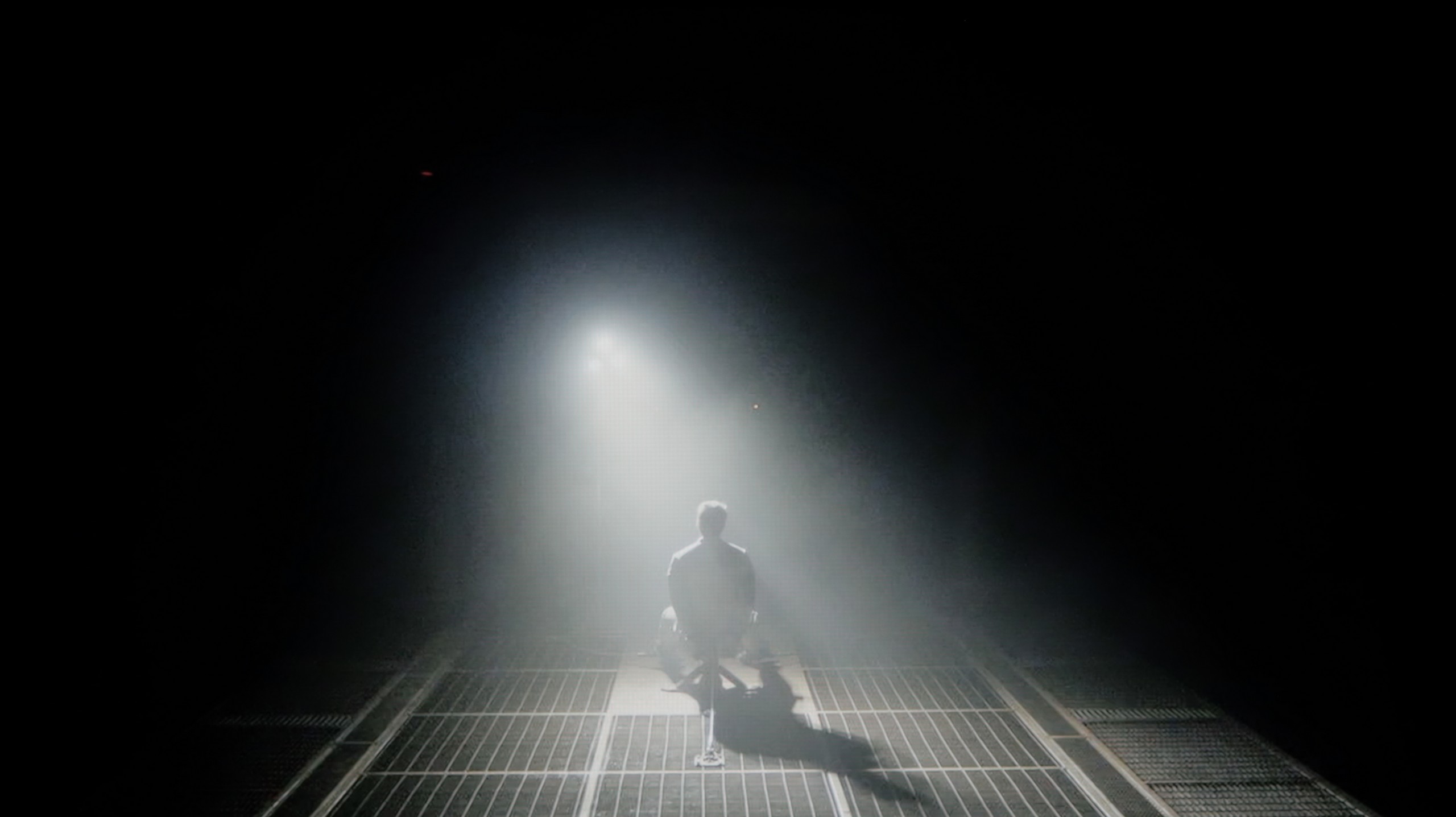
Bravia 5 is the entry-level TV in Sony's Mini-LED series for 2025, so naturally we start with the most important thing – how it performs with blacks and contrast. After all, the term "Mini-LED" today sounds almost like a magic spell. In theory, this means thousands of tiny diodes arranged in zones that are meant to work in harmony, dimming and brightening the image so that the viewer's eye perceives more depth than with a classic LCD. In practice, in the 65-inch Bravia 5, we counted around 200 backlight zones. Is that a lot? Definitely more than its predecessor, the legendary X90L model, but when you look at Chinese manufacturers who can pack in hundreds, sometimes even thousands of zones – it comes off as rather modest.
One might expect that combining a greater number of zones with the refined dimming algorithms that Sony has accustomed us to over the years would result in a qualitative leap compared to the X90L. Meanwhile – and this is where a slight disappointment arises – tests showed that the results are surprisingly similar to last year's model. Don't take this the wrong way: the contrast, for an LCD TV with local dimming, is really solid. In most scenes, bright elements are separated from dark ones with surgical precision, and the effect can be breathtaking. But when more demanding shots appear on screen – those that mercilessly test the capabilities of the backlight – it becomes clear that the hardware has its limitations.
Therefore, one could say that in terms of blacks and contrast, the Bravia 5 doesn't so much disappoint as rather fails to meet the hopes that the initial announcements ignited. We were hoping for at least a slightly better performance than its predecessor, and we got "only" good contrast. And that “only” is the key word here – because good contrast in Sony’s rendition still means a level that most competitors would be proud of.
The 83-inch version, equipped with a Tandem OLED panel, also offers an image that is truly breathtaking. Despite the different technology, the end result remains at an absolutely top level. The black is deep and uniform, without any bleed or imperfections, and the contrast is simply jaw-dropping. In dark scenes, every detail remains visible, and the separation of lights is perfect – nothing merges together, and the image looks as it should on a reference-class television. This is proof that regardless of the panel used, Samsung has set the bar very high in this series.
HDR effect quality
5.4/10
8.6/10
Luminance measurements in HDR:

Result
637 nit

Result
320 nit

Result
550 nit

Result
251 nit

Result
731 nit

Result
2074 nit

Result
2107 nit

Result
2330 nit

Result
2165 nit

Result
1083 nit
Scene from the movie “Pan” (about 2800 nits)


Scene from the movie “Billy Lynn” (about 1100 nits)


Static HDR10


Dynamic: Dolby Vision
Dynamic: HDR10+


HDR luminance chart:
SAMSUNG S95F (TANDEM OLED 83")
HDR luminance
Luminance of RGB colors
Sony BRAVIA 5 (XR5)
HDR luminance
Looking at similar results in terms of black levels and contrast, we expected the same stable performance as last year's model when it comes to HDR content. Unfortunately – and this must be said plainly – there has been a regression here that is hard to miss. The paradox is that the peak brightness of the Bravia 5 can be impressive: in our synthetic tests, the TV reached around 1000 nits in HDR. Sounds great, right? The problem is that this power doesn't always have a real impact on all movie scenes. When small, pinpoint elements appear on the screen, something that in Sony's case was usually fine-tuned with surgical precision, this time it clearly falters. The algorithms try to maintain deep blacks around small objects, but the side effect is that details can be dimmed to the point of becoming barely visible. One only needs to bring up the example of the movie Sicario 2 – there, in some scenes, small light sources practically vanished as if someone had covered them with dark film.
Of course, not everything looks so dramatic. In simpler, brighter scenes, where the image is filled with more light, the Bravia 5 shows that it can shine: literally and figuratively. At those times, the TV achieves values in the range of 600–800 nits, which we saw both in synthetic tests and during movie screenings. The impression is really positive; the brightness adds dynamism, and the colours look vibrant and fresh. However, there remains a certain dissonance. We feel a slight confusion because it is evident that something has gone in the wrong direction. Technological progress – more zones, more backlight power – has not been supported by the kind of refined image management that we usually associate with Sony. Fortunately, there are elements that have not been compromised and are actually at a very high level. We are talking about colour reproduction. Thanks to the use of the PFS filter, the colour palette coverage is excellent – about 97% DCI-P3 and 75% BT.2020. These values allow for a truly wide colour reproduction, giving films a natural and cinematic character.
The Samsung S95F in the 83-inch variant with a Tandem OLED panel also enchants with its HDR effects. In test movie scenes, such as “Life of Pi” or “Sicario 2,” where smaller light points dominate – stars in the night sky, the glow of the moon, or headlights – the TV easily achieves brightness levels surpassing 2000 nits. This is a result that not long ago seemed unattainable for OLEDs and places this model in the same category as the best Mini-LED constructions.
The limitations of organic panels only emerge in full-screen scenes completely filled with white. In the case of this model, for example, in the final scene of the film The Meg, brightness drops to around 1000 nits – slightly lower than in the smaller QD-OLED variants, where the result hovered around 1400 nits. Nevertheless, we are still talking about an outstanding result, unprecedented in OLED TVs of this size. The colour reproduction is equally impressive. The new Tandem OLED panel nearly catches up to QD-OLED TVs, offering excellent coverage of a wide colour gamut. The results are slightly weaker than those of QD-OLED, but in practice, they still provide an image whose intensity and naturalness of colours are hard to compare with any other television.
Factory color reproduction
5.5/10
6/10


Factory Mode
After calibration


Factory Mode
After calibration
Sony Bravia 5 was obviously tested in the best possible mode, which is the Movie mode. Right out of the box, it delivers the most natural colours, definitely better than anything offered by the "eco" or "dynamic" modes, which are more suited for a store display than a living room. However, the Movie mode alone does not guarantee that we can always expect cinematic picture quality. In SDR content, we had no significant complaints – the slightly warmed white balance gave the scenes a golden hue, but it was nothing that was glaring. However, a problem arose with HDR materials. Here, the colour reproduction simply looked bad. The white balance was heavily skewed – with an excess of blue and a clear lack of red. At times, it resembled the store mode of "super vivid picture," where everything is blown out and artificially boosted.
This situation made brightness management seem too aggressive as well. The EOTF graph clearly showed that the television has trouble with overexposing many scenes right out of the box. And while we know what Sony televisions are usually capable of, it was hard to remain indifferent here – that’s why we quickly decided to go for calibration.
The best picture mode right out of the box is undoubtedly Filmmaker Mode. This mode has been present in Samsung televisions for several years and is intended to reproduce the image as faithfully as possible to the creators' vision. In SDR material, it performs reasonably well, though not without flaws. The image is slightly dimmed, and the white balance tends to shift towards red and blue, resulting in a slight pinkish tint on the screen. Average colour errors hover around values of ΔE 3–4, which is on the borderline of what most people can detect with the naked eye.
The limitations are much more apparent with HDR content. Here, a slight excess of blue in the white balance isn't such a big issue – the real obstacle is how the television manages brightness. In many scenes, the image looked as if it had been blown out, and details in the blacks could completely vanish. The final effect didn't do justice to what such a device is capable of, leading to significant colour inaccuracies. It's hard to understand why such a factory characteristic was chosen, as the perception of HDR in this rendition was definitely not what it should have been.
Color reproduction after calibration
8.9/10
9.4/10

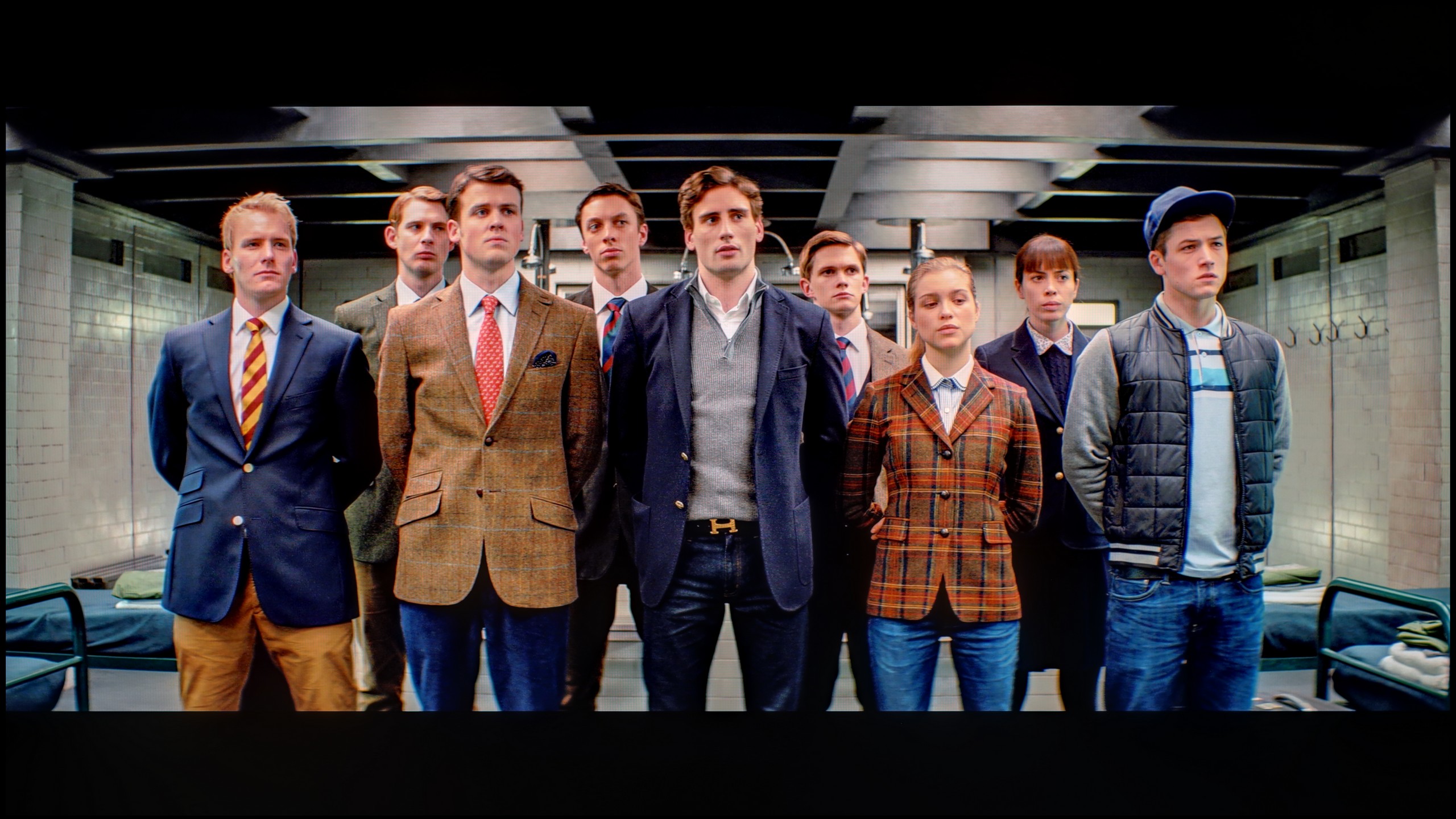

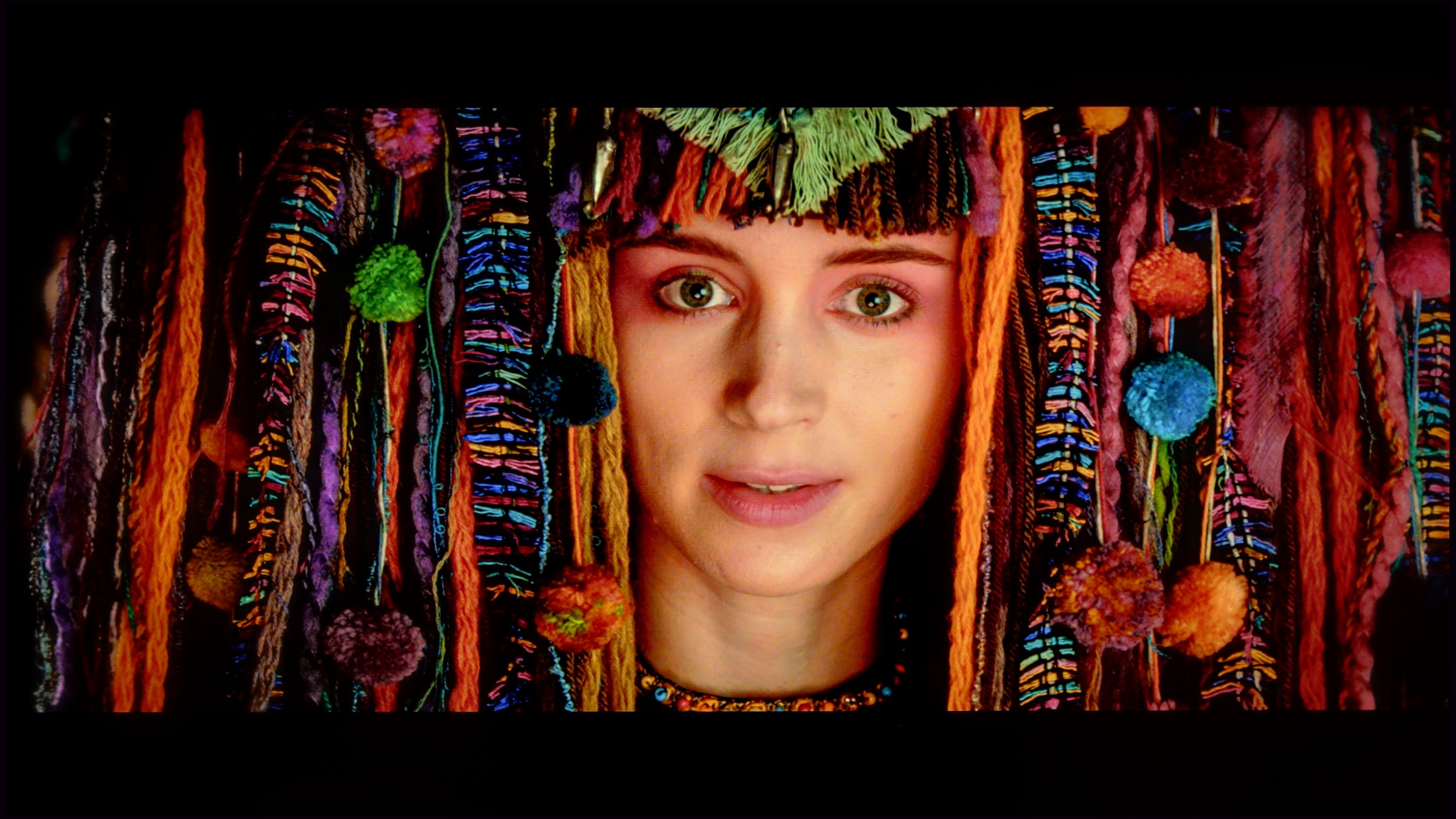
After calibration, the situation changed dramatically. We managed to tune the white balance so that entire scenes began to look more natural, and the image gained coherence and elegance. In HDR, we finally got rid of that unwanted clipping effect that had previously spoiled some shots. Suddenly, it turned out that the Bravia 5 can extract much more from films than the first contact "straight out of the box" suggested. Indeed, if we look at the graphs and compare them with the standards, we can see that the beginning of the EOTF curve slightly strays beyond the reference line. However, this is not so much a calibration error as it is a natural limitation of the Mini-LED technology that cannot be bypassed. Sony, rather than clinging tightly to perfect black, prefers to prioritise the visibility of details – and in practice, it’s hard to disagree with that. We prefer to see the texture of the material on the screen rather than a pitch-black spot where all nuances disappear.
The calibration itself was really beneficial. After about an hour spent on settings, we felt that the image resembled that of the best cinema halls – of course on a home scale, but with the same sense of quality and refinement. And in such moments, we remember why we love Sony televisions: because once we fine-tune them, they reward us with a picture that captivates for long hours.
After calibration, the S95F shows what it can really do. The white balance has been straightened out, and minor inaccuracies have been corrected, making the image in SDR content look nearly exemplary. Colour differences have fallen below the level that the human eye can detect – looking at the screen, one just gets the impression of complete naturalness and harmony of colours.
In HDR, the improvement is equally noticeable. The TV handles brightness much better, and there’s no longer the 'blowing out' of the entire frame. Bright scenes are more controlled, and blacks retain more detail, though sometimes a slight brightening of the overall image can still be noticed. However, this doesn’t change the fact that after calibration, the S95F delivers an image that can confidently be called one of the best on the market – regardless of whether we’re watching movies in SDR or spectacular productions in HDR.
Smoothness of tonal transitions
8.8/10
8.6/10





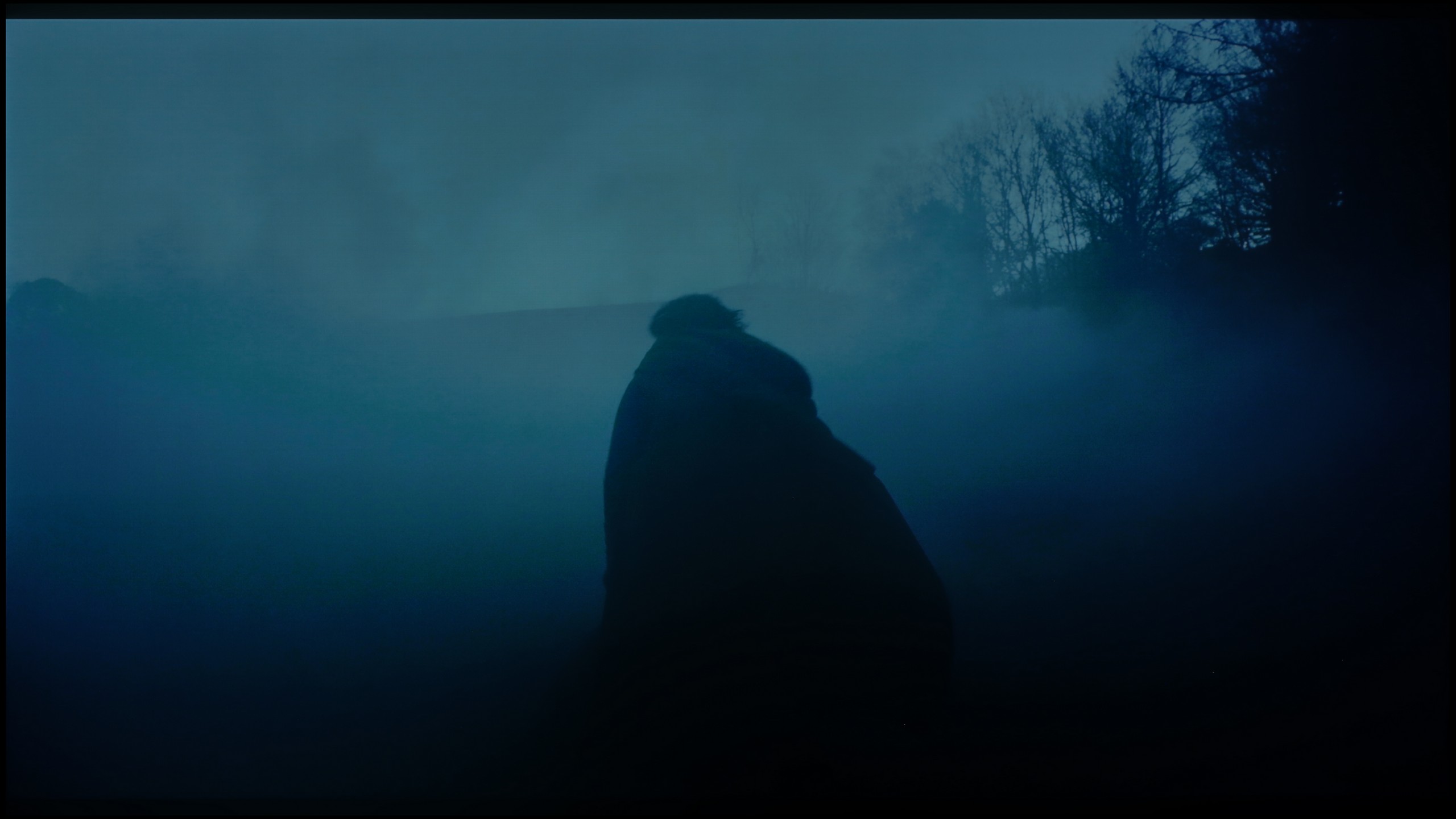






Tonality transitions are nothing more than the way a television handles blending colours and shades – from light to dark, from saturated to pastel. If the device struggles with this, you see characteristic "stairs" instead of smooth transitions, and the image loses its naturalness. It's those moments when instead of getting immersed in the film, we start glancing at the screen thinking, "hey, something's off here." Fortunately, in the Sony Bravia 5, such situations are practically non-existent. This is a huge advantage because nothing distracts our attention from the plot or the excitement of sports. The television performs best in bright scenes, where the colour transitions are smooth, and the blending of colours is nearly invisible. The effect is so good that sometimes it can feel like the image was painted in one brush stroke. Of course, there have been a few minor missteps. In darker scenes, certain imperfections can be noticed – slight banding or minimal gradation issues. For that reason, the Bravia 5 received a few negative points from us. Nevertheless, in the vast majority of situations, the television performs excellently and comes through this test with flying colours.
The S95F version with the Tandem OLED panel also handles the smoothness of tonal transitions very well. Although WOLED panels have not typically been the strongest in this category, it is hard to find any serious issues here. The colour gradation is smooth and natural, and the only minor imperfections may appear with lighter colours. However, they are not significant enough to detract from the overall image quality – the whole presentation is at a truly high level.
Image scaling and smoothness of tonal transitions
8.5/10
7.5/10
Smooth transition function

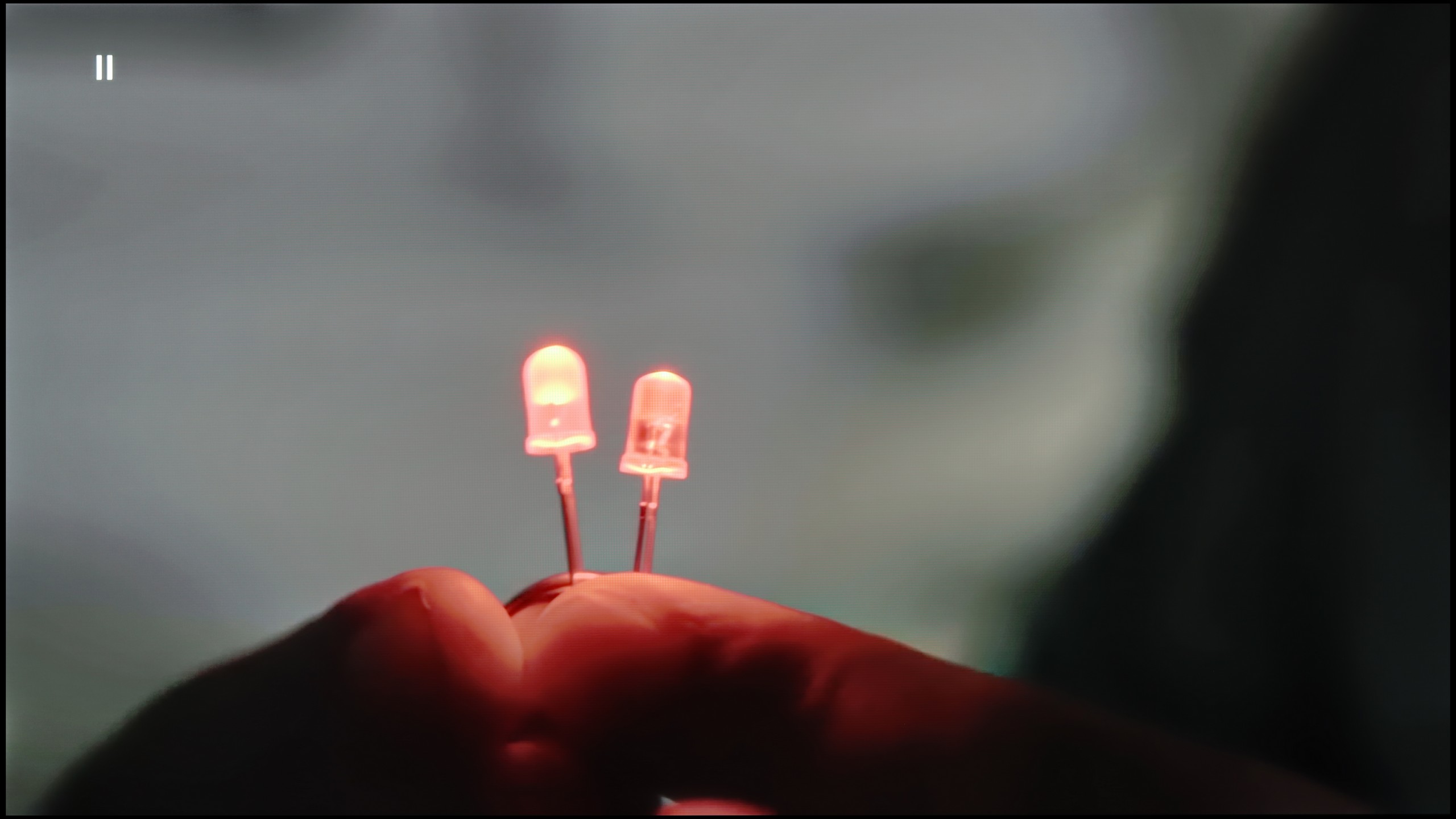
Image without overscan on the SD signal


Bravia 5 carries the genes of Sony, which remain intact – and thank goodness for that, because we're talking about absolutely exceptional digital image processing. It's no coincidence that for years, it's been considered that TVs from this brand set the standard for how a screen should handle lower quality materials. If someone still watches classic television, old films, or YouTube in lower resolutions, here they get equipment that can turn such content into a surprisingly enjoyable experience. On board, we find several tools worth activating. The first of these is "digital noise reduction." Set to a medium level, it works superbly – smoothing out tonal transitions that usually cause the most trouble in low-quality materials while introducing no artificial artifacts. Importantly, it also doesn't remove the cinematic character, which is the natural grain that is intentionally present in many productions. Another advantage of the Bravia 5 is the upscaling capabilities of the XR processor. The image presented after scaling is soft, yet sharp and clear. The outlines of characters are well-defined, and backgrounds maintain their texture without excessive artificial sharpening. It's hard to find a better TV for watching lower quality materials – Bravia 5 only confirms why Sony is considered the benchmark in this area.
The Samsung S95F model features noise reduction, aimed at improving the fluidity of tonal transitions. Its effectiveness is difficult to call ineffective – on the contrary, it can excessively interfere with the image. Older films or materials of lower quality, such as those from YouTube, take on a soft, smoothed character reminiscent of a painting effect thanks to this feature. The problem is that along with the noise, the natural film grain, which gives the image a cinematic quality, also disappears. Fortunately, the feature does not blur significant details, so its use is more a matter of preference. If someone prefers a slightly polished and smooth image, it’s worth turning it on, but in our opinion, the most sensible setting is “Standard”.
Upscaling leaves a better impression. The S95F efficiently enhances the quality of lower resolution content – even 576p videos look quite good, although minor artifacts in the form of blockiness can be noticed. Overall, the effect is very solid, although when compared to the competition – such as the Sony Bravia 8 (II) or LG G5 – it is noticeable that those models can extract a bit more from the image. However, one inconvenience to remember is that in the case of older films and photos, there is a problem with overscan, which causes a slight trimming of the left edge of the image.
Blur and motion smoothness
7.7/10
9/10

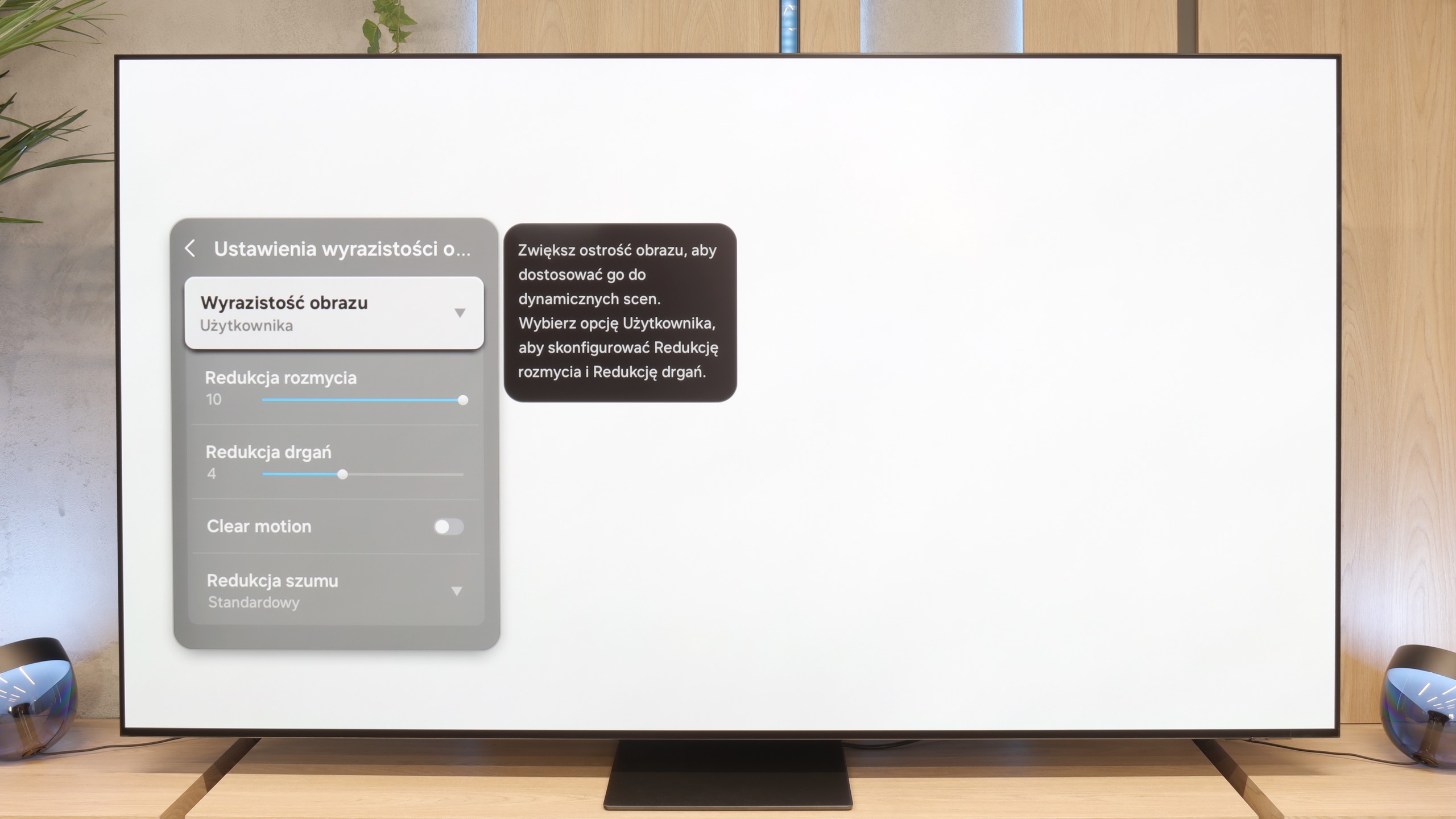
Blur (native resolution, maximum refresh rate):



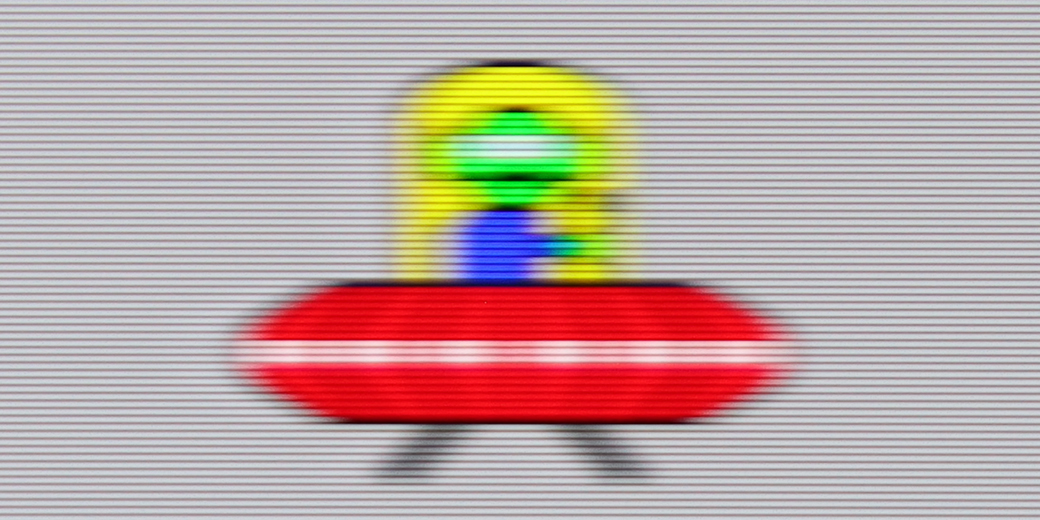
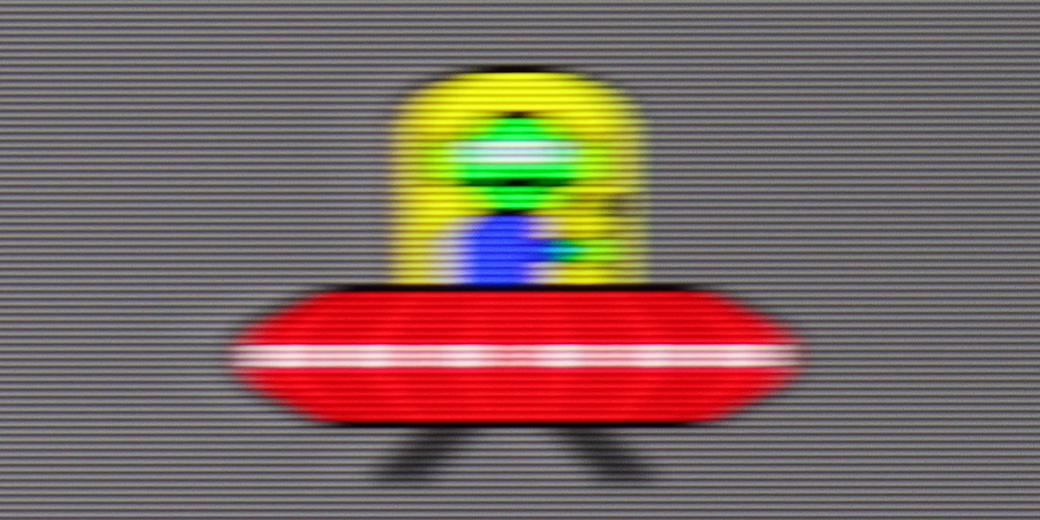

Blur (BFI function enabled):



Image flickers in this mode



Smużenie (MotionFlow ON):



Smużenie (4K@165Hz):
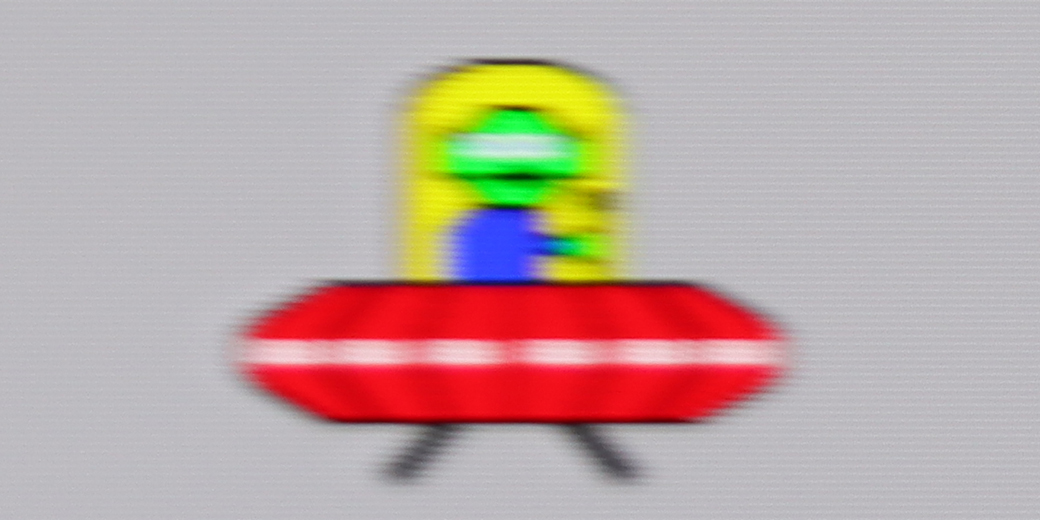
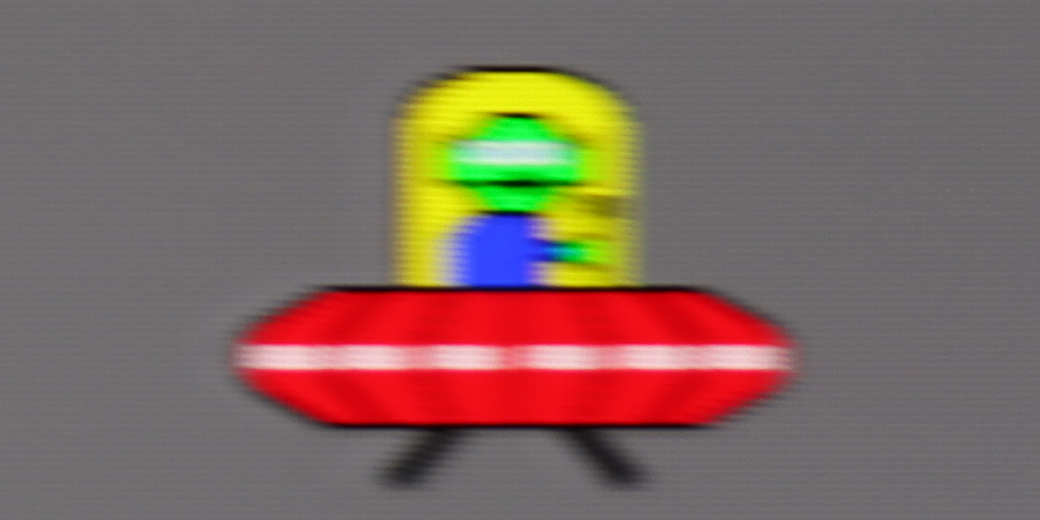
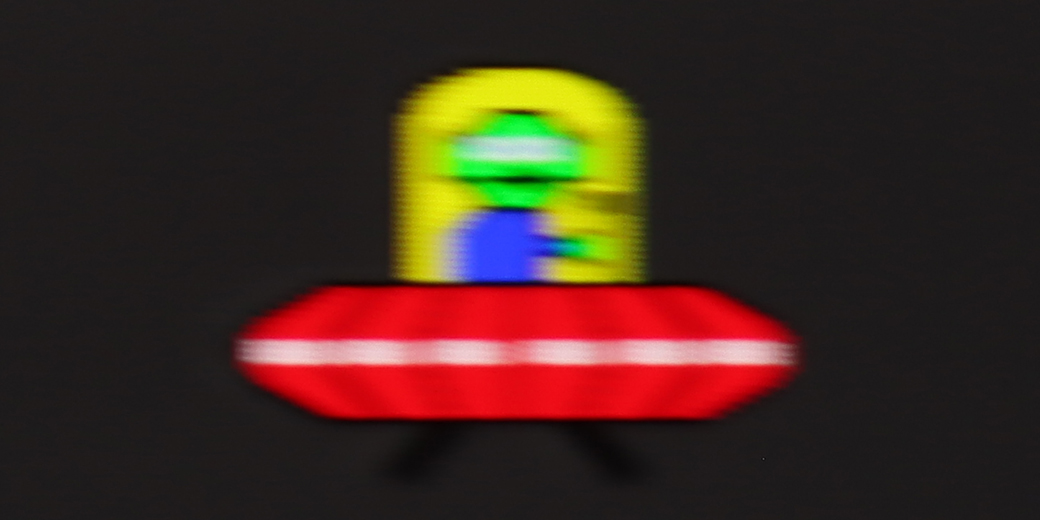
Bravia 5 has a 120 Hz panel, which in itself sounds like an invitation to watch sports, fast matches or spectacular action films. However, the real magic begins when MotionFlow – Sony's proprietary motion smoother – comes into play. Thanks to this feature, we can adjust the character of the picture to our own preferences. The "smoothness" slider allows us to transition from a cinematic feel with a slight "judder" to a theatrical fluidity, where every ball in the match glides across the screen as if on a string. The higher the value, the smoother and more fluid it is; the lower it is, the more film-like and natural it becomes. In the options, we also find an additional setting that Sony calls "clarity". This is nothing more than the BFI function (which inserts black frames) aimed at improving motion sharpness. It sounds great in theory, but in practice, it must be used with caution. Why? Because all higher settings cause brightness drops of up to half, and in some cases, contour doubling also appears. So if we want to use it, we recommend setting it to the lowest level – "1" out of the available ten. That way, we gain a bit better motion sharpness without risking losing half the brightness of the picture.
In the case of the 83-inch S95F with a Tandem OLED panel, the fluidity of motion also makes a huge impression. The panel in native 4K resolution offers a refresh rate of 165 Hz, and this combined with organic technology makes games and sport look fantastic. Additionally, the manufacturer has added a motion smoother and a motion blur reduction system, allowing each viewer to customise the picture to their own preferences – whether a more 'choppy', cinematic effect or a smooth, almost theatrical spectacle.
Console compatibility and gaming features
9.8/10
9.6/10
- ALLM
- VRR
- VRR range48 - 120Hz48 - 165Hz
- Dolby Vision Game Mode
- Correct implementation of HGIG
- 1080p@120Hz
- 1440p@120Hz
- 4K@120Hz
- Game bar

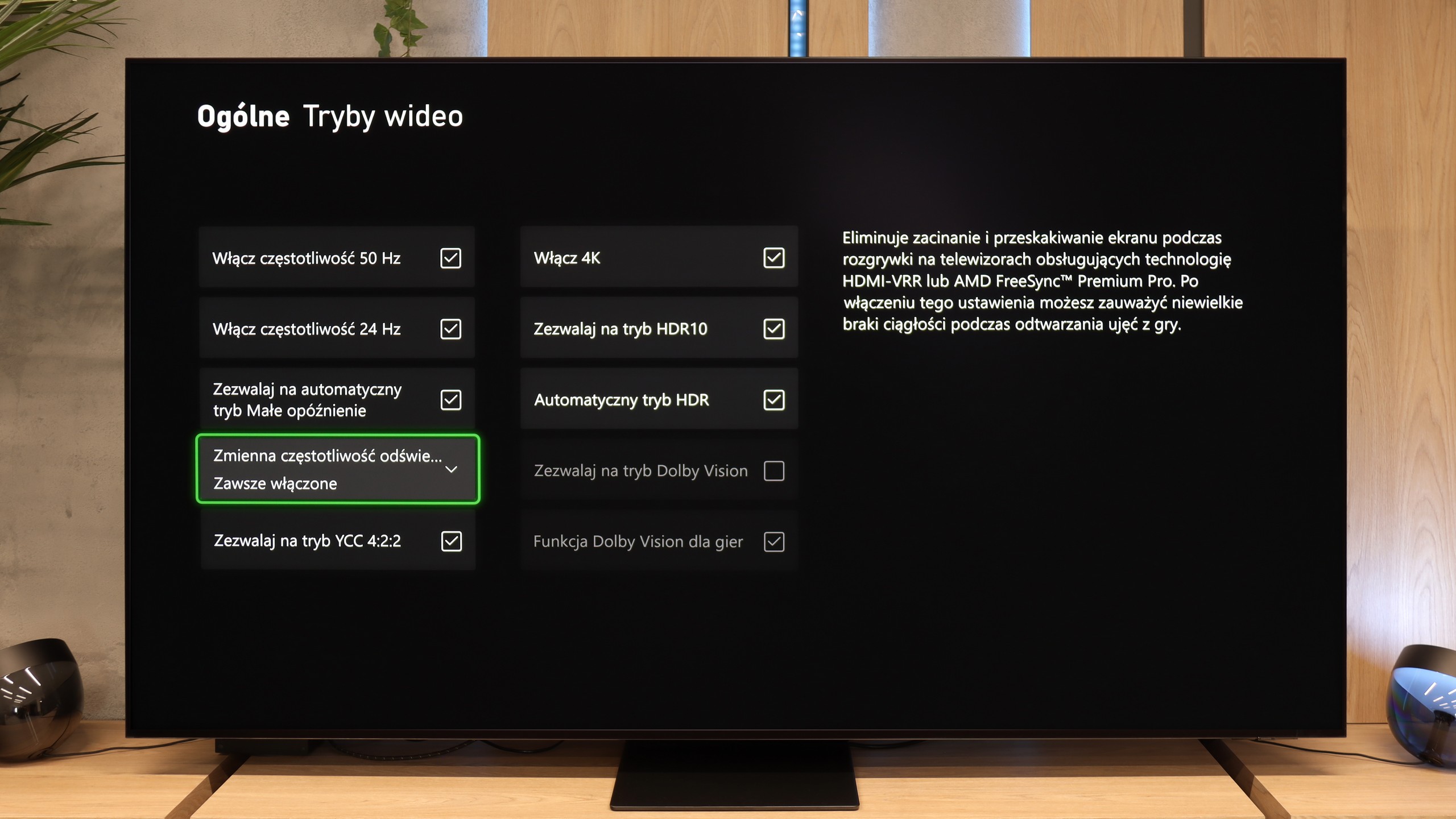

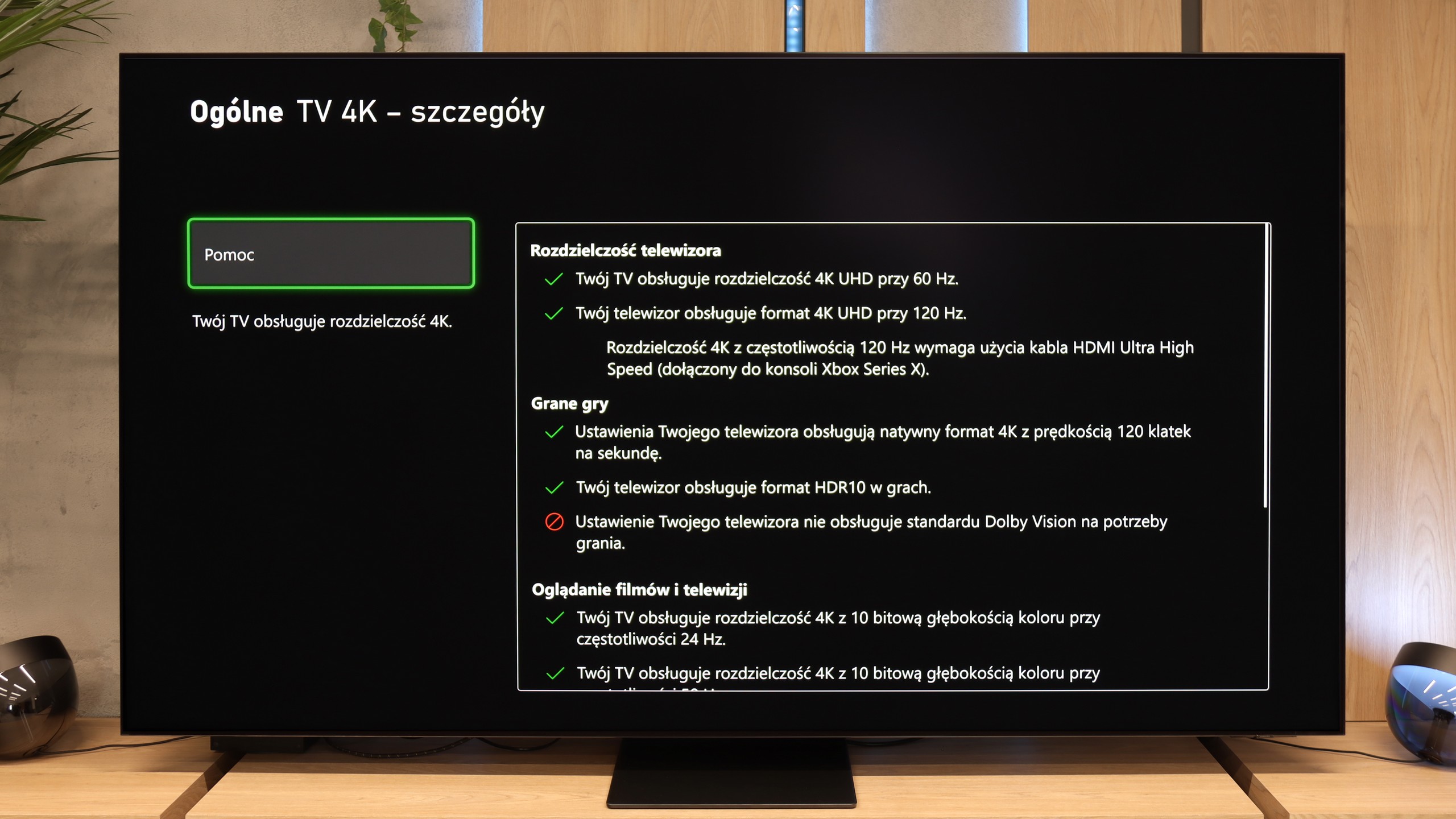

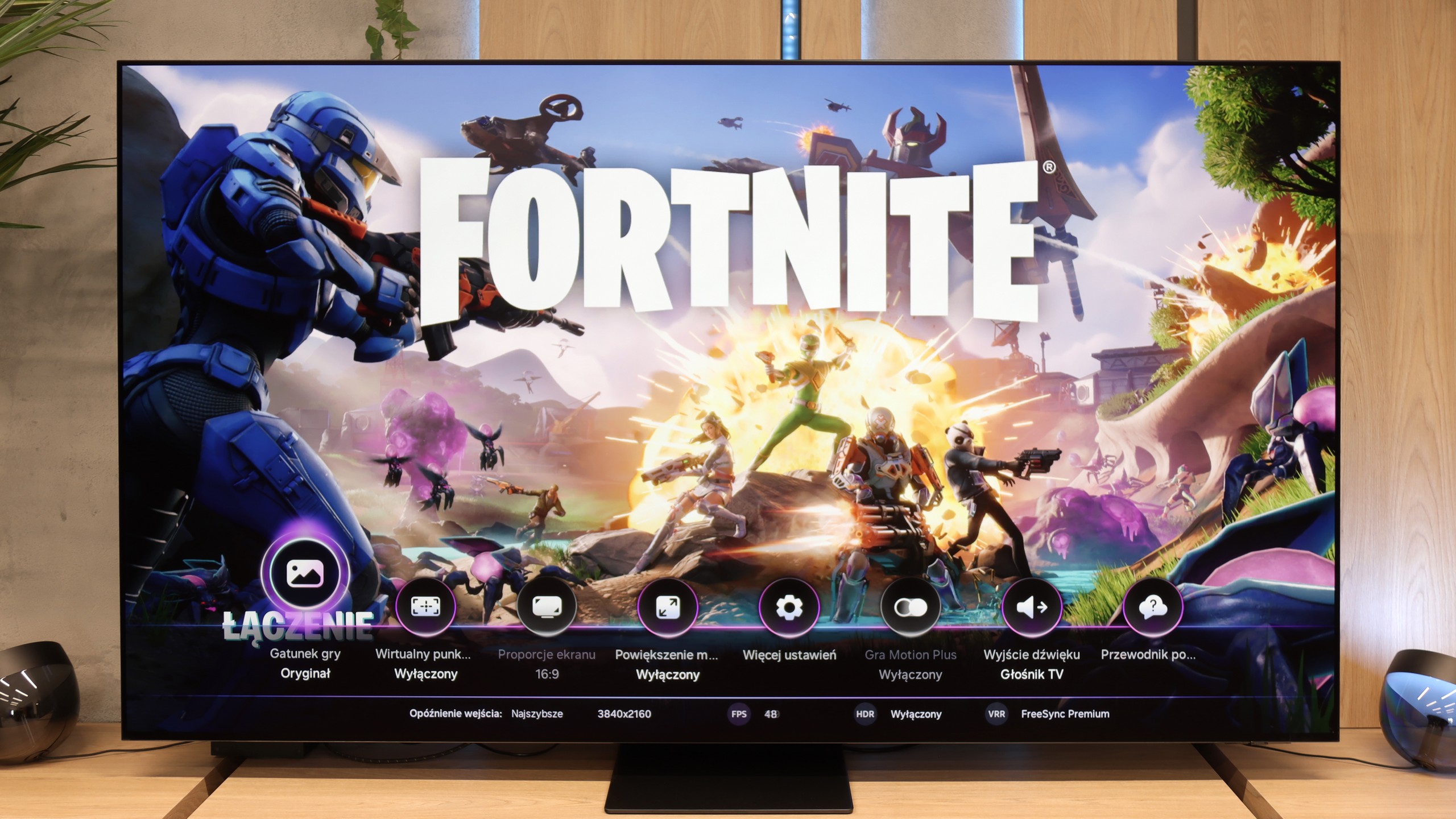

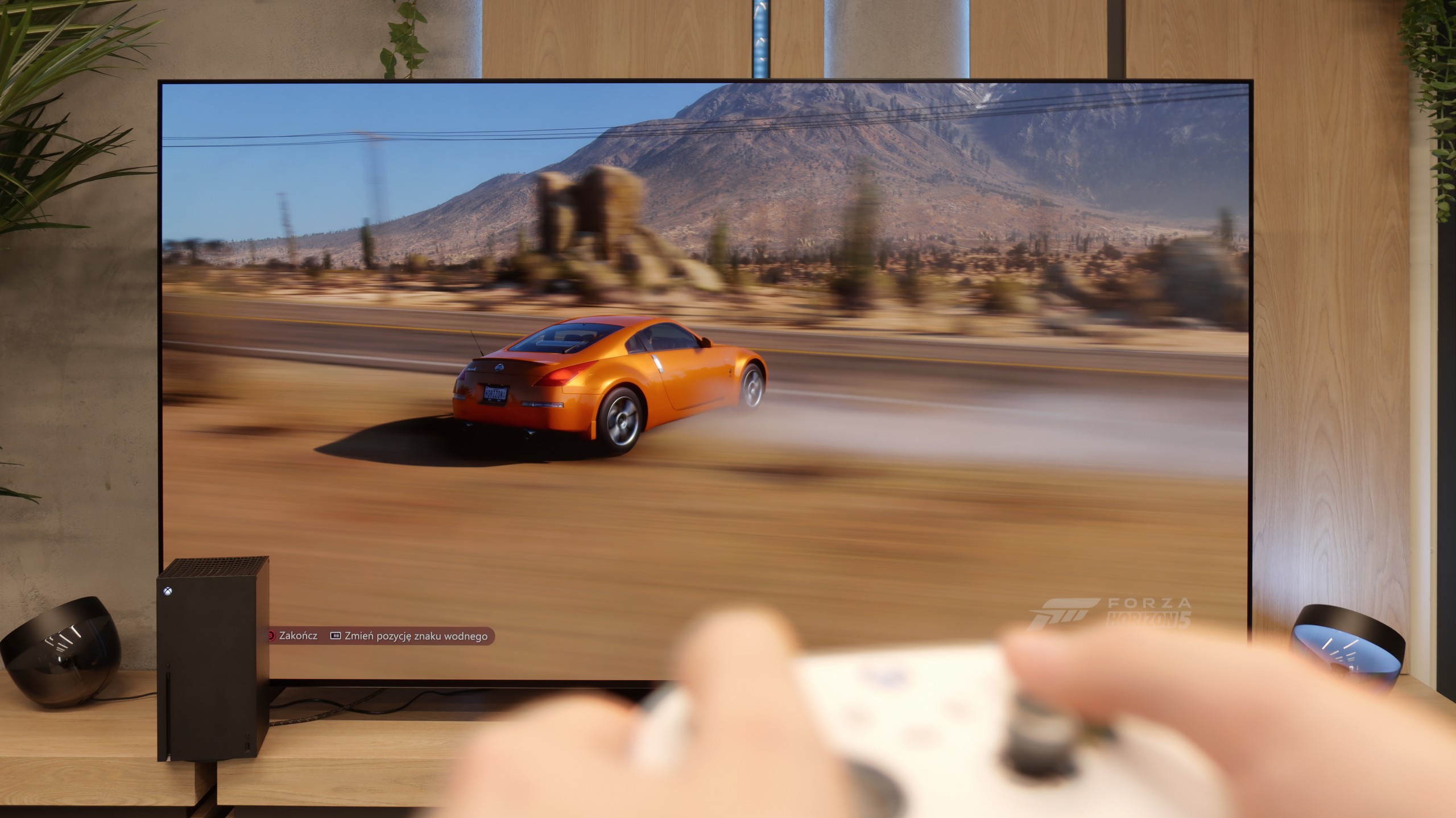
In the Bravia 5, there is a significant improvement compared to the X90L model from two years ago. The television offers literally everything its predecessor had, but this time the issues that could frustrate gamers have been addressed. Problems with setting the variable refresh rate (VRR) have disappeared, and there are no longer issues with configuring HDR content in HGiG mode. In short: we get a device that simply works as it should, without any hassles. So, the Bravia 5 has everything you can expect from a modern gaming TV – and it can be confidently advertised with the slogan "ready for PS5." That's something we couldn't say about the X90L model. Well done, Sony!
It's just a shame that this relatively high-priced model lacks a full set of four HDMI 2.1 ports. In everyday use, this won’t be an issue for most people, but if someone has a console, soundbar, and additional equipment connected via HDMI, at some point they'll have to choose or juggle cables.
Low motion blur and phenomenal motion fluidity, hallmarks of the OLED panel, are just the warm-up. The Samsung S95F has been designed with gamers in mind – and this is evident at every turn. Four HDMI 2.1 ports with a bandwidth of 40 Gb/s may sound like a compromise on paper, but in practice, neither consoles nor PCs will feel the slightest limitation here. Onboard is a full set of gaming features: variable refresh rate VRR, automatic game mode ALLM, and an excellently implemented HGiG standard, which allows you to enjoy HDR exactly as the creators intended. All this is complemented by Game Bar – an intuitive command centre where you can check and adjust the most important settings in seconds.
Particularly noteworthy is Game Motion Plus, Samsung's proprietary motion smoother. It can add additional fluidity to animations, which can be a lifesaver in games running at 60 frames, where stability doesn't always hold up. Yes, there's no support for Dolby Vision in games, but it's hard to consider this a serious flaw – the manufacturer compensates for this gap with other solutions. The S95F is one of the absolute favourites for the title of the best gaming television on today's market.
Input lag
9.9/10
10/10
SDR
HDR
Dolby Vision
When it comes to input lag, the Bravia 5 deserves a round of applause. Results of around 7 ms at 120 Hz content are nothing short of phenomenal – it's hard to imagine a gamer complaining about such responsiveness. Even at 60 Hz, where the lag increases to around 15 ms, we're still talking about values that absolutely don't spoil the fun and are practically unnoticeable. Moreover, Sony has finally tamed the Dolby Vision mode. In the X90L, it was practically unplayable – the delays rose to levels of even 150 ms. Meanwhile, the input lag on the Bravia 5 remains at the same low level as with other content. This is a huge improvement and further proof that this television can truly be called "gamer-friendly."
Input lag on the Samsung S95F is absolutely top-notch – just 5 ms with 120 Hz content is impressive. The response to our actions on the controller is almost instantaneous, providing a feeling of complete control over the gameplay. Of course, with 60 Hz content, the delay is twice as long, but even 10 ms is hard to complain about – it's still a result that will satisfy both demanding gamers and e-sports perfectionists.
Compatibility with PC
8/10
8.8/10

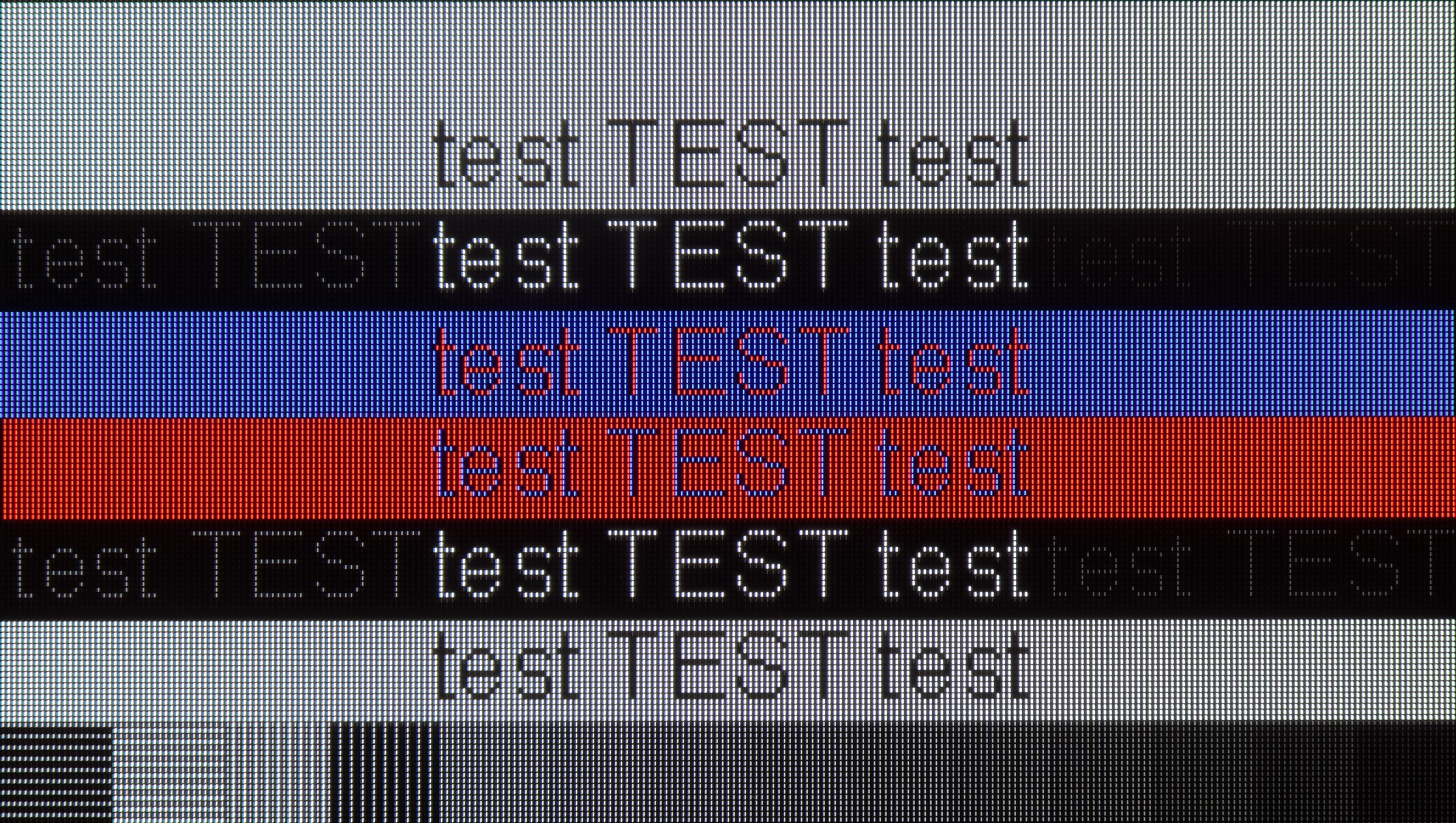
In this category, the Bravia 5 deserves an exemplary rating. The ideal readability of fonts thanks to 4:4:4 chroma support makes working on this TV a pure pleasure. Whether we are opening Excel, browsing documents, or simply surfing the web – the text is sharp, clear, and free from that characteristic “haze” which can effectively take away the joy of use in many TVs. The letters look as they should: distinct, sharp, and readable even up close.
We also have good news for PC gamers. The Bravia 5 has no problems at all with handling 120 Hz, working with both Nvidia and AMD cards, supporting G-Sync and FreeSync Premium Pro technologies. The result is that the image is not only smooth but also free from tears or micro-cuts that can ruin the experience even in the best-optimised games. You can easily connect a powerful PC and enjoy gaming on the big screen – without compromises, without frustration, and with full comfort. The only thing we could complain about is the lack of additional modes for gamers with higher refresh rates.
In the version with the WOLED panel, the Samsung S95F also shows its claws – PC gamers have access to a full gaming package with low input lag, support for G-Sync and FreeSync, and fast refresh rates. It’s a device that can easily replace a monitor even in fast-paced titles. When working with text, the differences compared to QD-OLED are subtle but noticeable – the BWGR subpixel layout may give the impression of a slight softening of the edges of letters, as if the text had a gentle shadow. This is not a flaw that ruins the comfort of using a PC, but rather a characteristic resulting from the panel's construction.
Viewing angles
3.2/10
7.6/10
Bravia 5 uses a classic VA panel, and that means one thing – the viewing angles are not one of its strong points. For those with smaller screen sizes, this won’t be a problem, as sitting directly in front, the picture looks fantastic. However, with larger sizes, especially 85 inches, the situation becomes less comfortable. It’s enough to sit slightly off-centre on the couch to notice minor imperfections: the image begins to lose saturation, contrast weakens, and black takes on unwanted greys. It’s a shame that Sony did not opt for additional coatings, which in the case of VA panels can bring their capabilities closer to IPS levels. Such solutions exist, and some competitors make use of them. Here, they are missing, so one has to reckon with the fact that Bravia 5 best showcases its strengths when viewed head-on.
In the version with the WOLED matrix, the viewing angles are good and absolutely sufficient for everyday watching. The fact is that the QD-OLED panel performs better in this regard, and with a strong offset, there is a slight color shift, but this is not something that interferes with a normal viewing session. Sitting on the couch – whether in the middle or a bit to the side – the picture still looks very good and most viewers will be fully satisfied.
TV efficiency during daytime
6.9/10
7.7/10

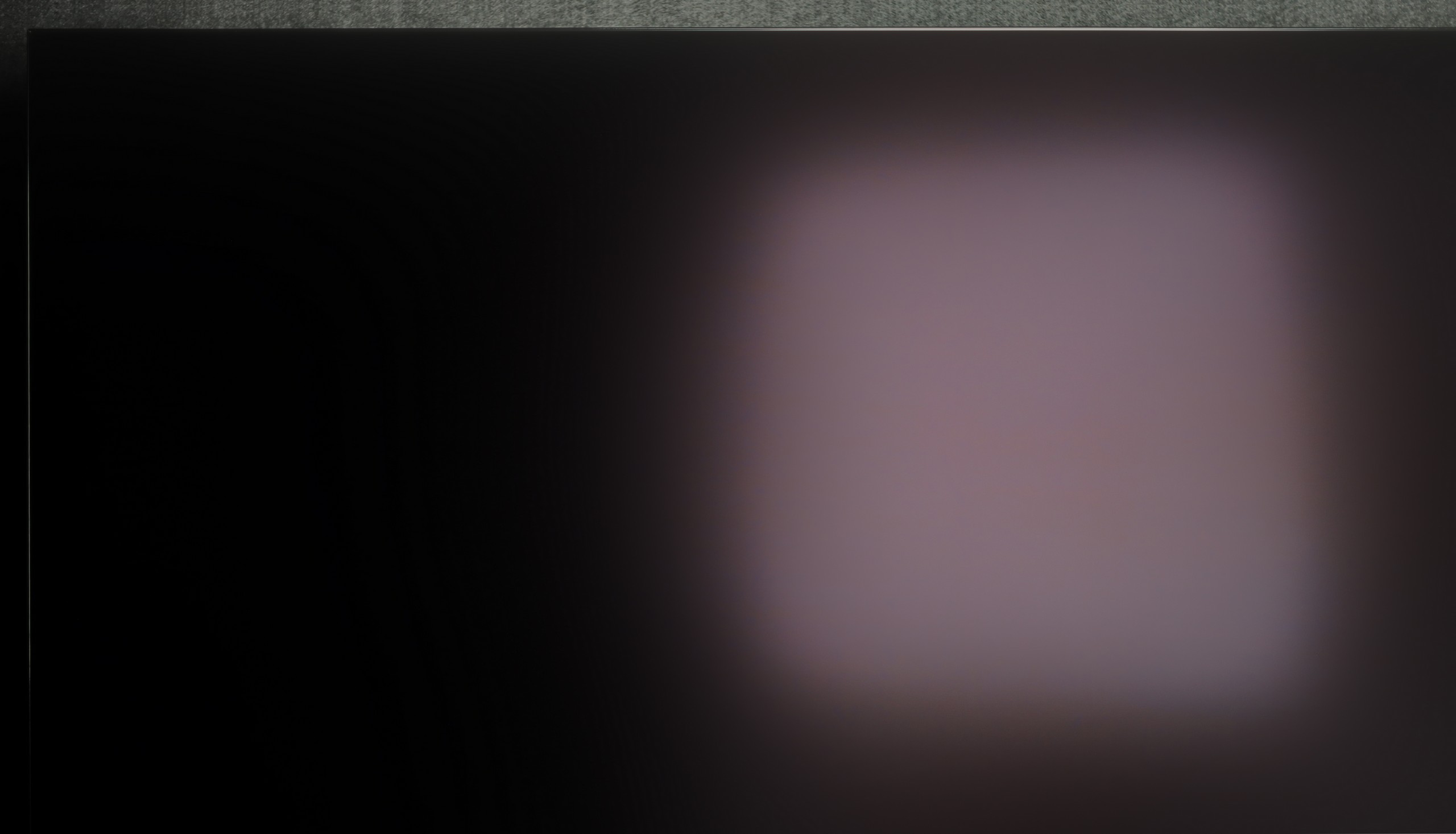

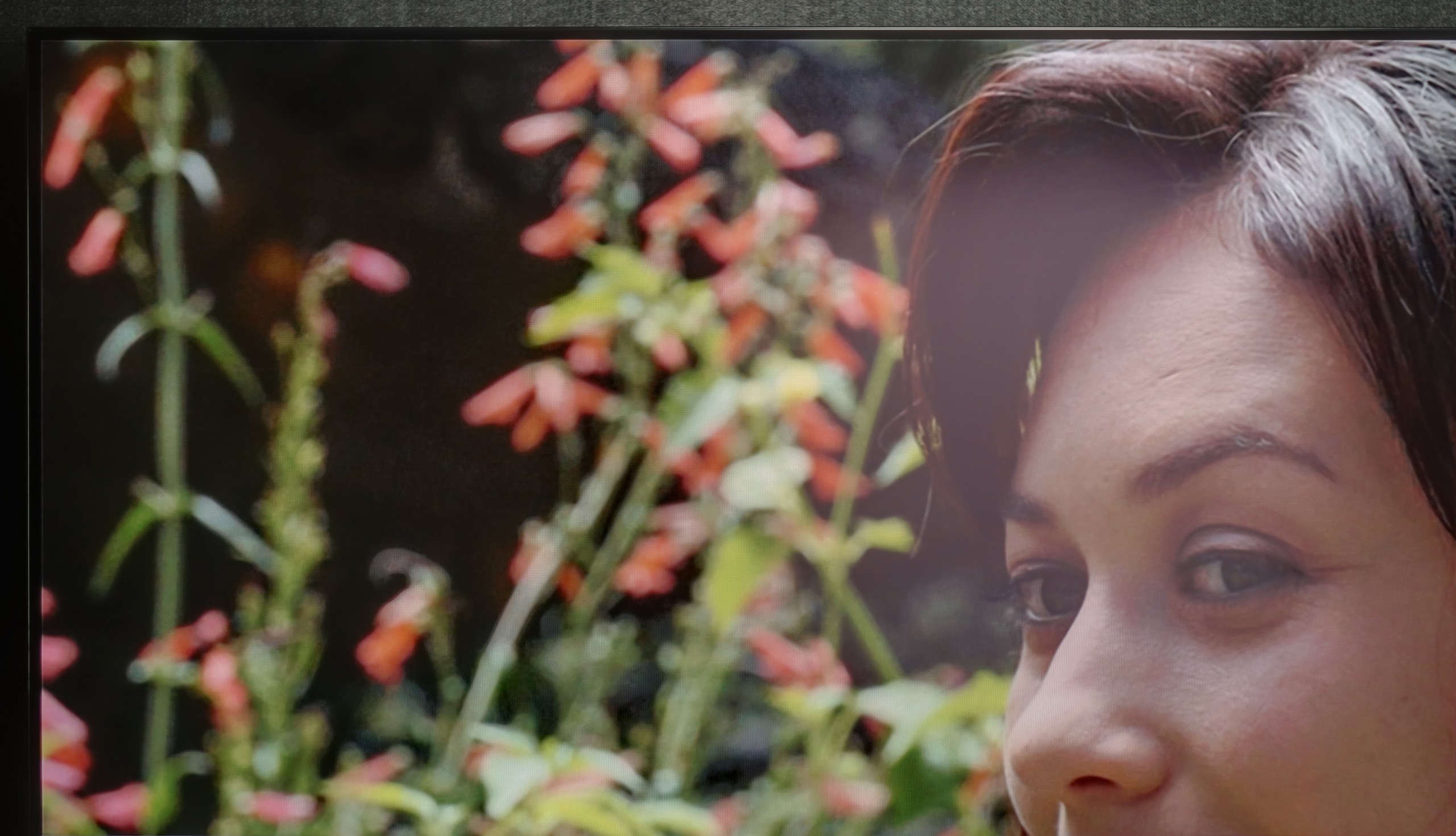
Matrix brightness
Average luminance SDR
SAMSUNG S95F (TANDEM OLED 83"): 704 cd/m2
Sony BRAVIA 5 (XR5) : 641 cd/m2
Bravia 5 is a piece of equipment that really performs well in challenging lighting conditions. Its high brightness ensures that even in the middle of the day, with the blinds wide open and sunlight streaming through the windows, the picture remains clear and sharp. There’s no feeling that we're watching a "washed-out" screen. The satin finish of the panel also plays a significant role in effectively reducing light reflections. Yes, some reflections do appear, but they are not strong enough to interfere with viewing. They are more like subtle glows that can be noticed when we consciously look for them, rather than a real problem day-to-day. Because of this, the Bravia 5 works well not just in the evening in a dimmed room, but also in bright living areas, where other TVs can falter. One could say that it's a "universally bright" model – suitable for both evening screenings and for watching news or sports in full sunlight.
This is probably the first television in the world where two worlds meet – a matte finish from Samsung and a WOLED panel from LG Display. And it must be said that such a duo makes a stunning impression. Light reflections practically disappear, and the image retains its naturalness – colours remain saturated, and black doesn’t wash out like in QD-OLED. It sounds almost like an industry joke, but it turns out that the combination of technology from two rivals has produced a result better than anyone could have expected. Additionally, the panel's brightness, hovering around 700 nits, means that the television performs excellently even in difficult, daytime conditions.
Details about the matrix
Subpixel Structure:
Panel uniformity and thermal imaging:

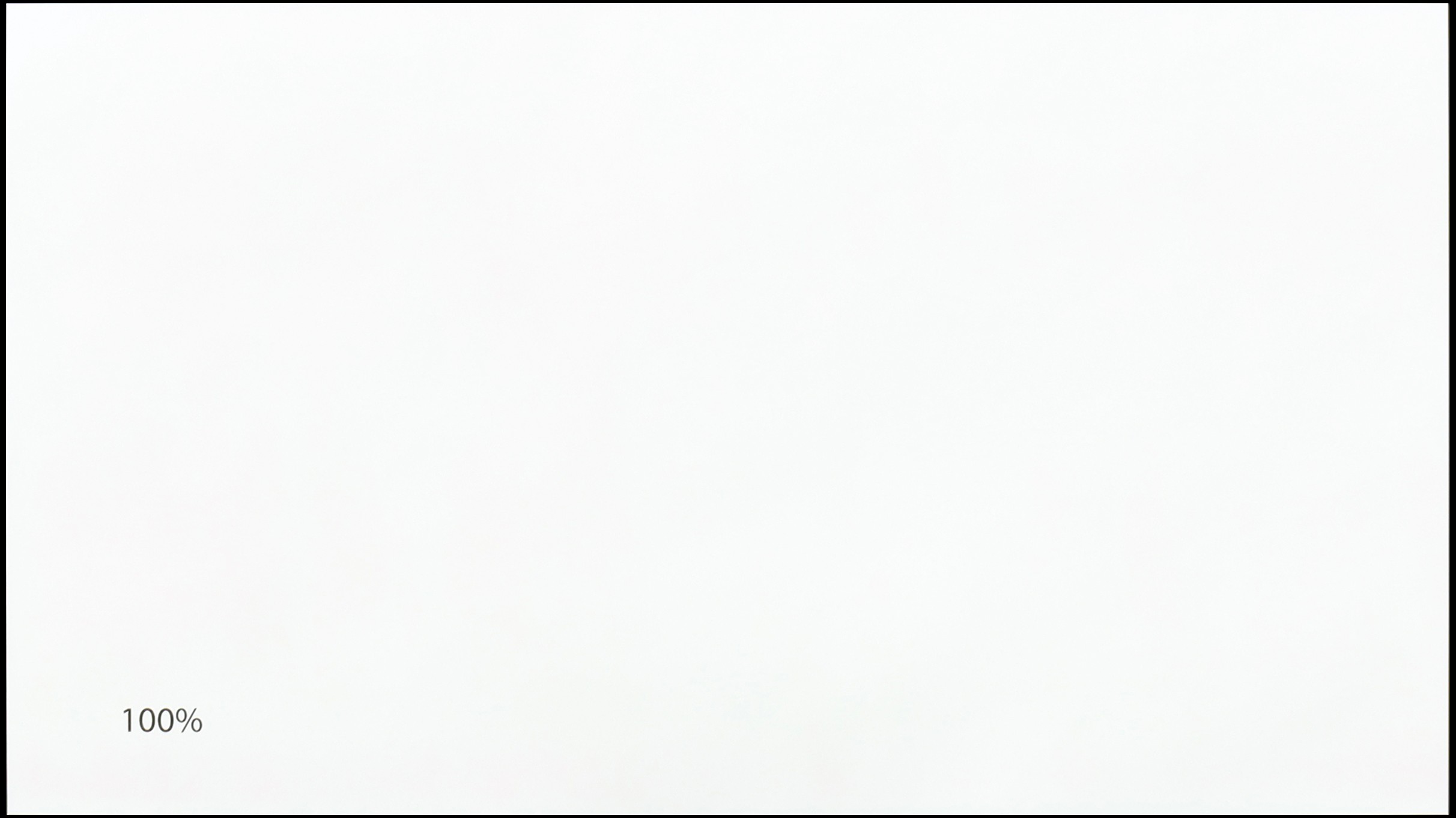
Sony BRAVIA 5 (XR5)
SAMSUNG S95F (TANDEM OLED 83")
TV features
7.6/10
7.9/10
- HDMI inputs2 x HDMI 2.0, 2 x HDMI 2.1 48Gbps0 x HDMI 2.0, 4 x HDMI 2.1 40Gbps
- OutputsToslink (Optical audio), eARC (HDMI), ARC (HDMI)Toslink (Optical audio), eARC (HDMI), ARC (HDMI)
- Network InterfacesWi-Fi 2.4GHz, Wi-Fi 5GHz, Ethernet (LAN) 100MbpsWi-Fi 2.4GHz, Wi-Fi 5GHz, Ethernet (LAN) 100Mbps
- TV receptionDVB-T, DVB-T2, DVB-S, DVB-S2, DVB-CDVB-T, DVB-T2, DVB-S, DVB-S2, DVB-C
Classic features:
- Recording to USB (terrestrial TV)
- Recording programming
- Picture in Picture (PiP)
- RF remote control (no need to aim at the screen)
- Backlit remote control
- Teletext
- Audio only mode
- Bluetooth headphones support
- Simultaneous Bluetooth headphones & TV audio
Smart features:
- AirPlay
- Screen mirroring (Windows Miracast)
- Voice search
- Voice search in native language
- Ability to connect a keyboard and mouse




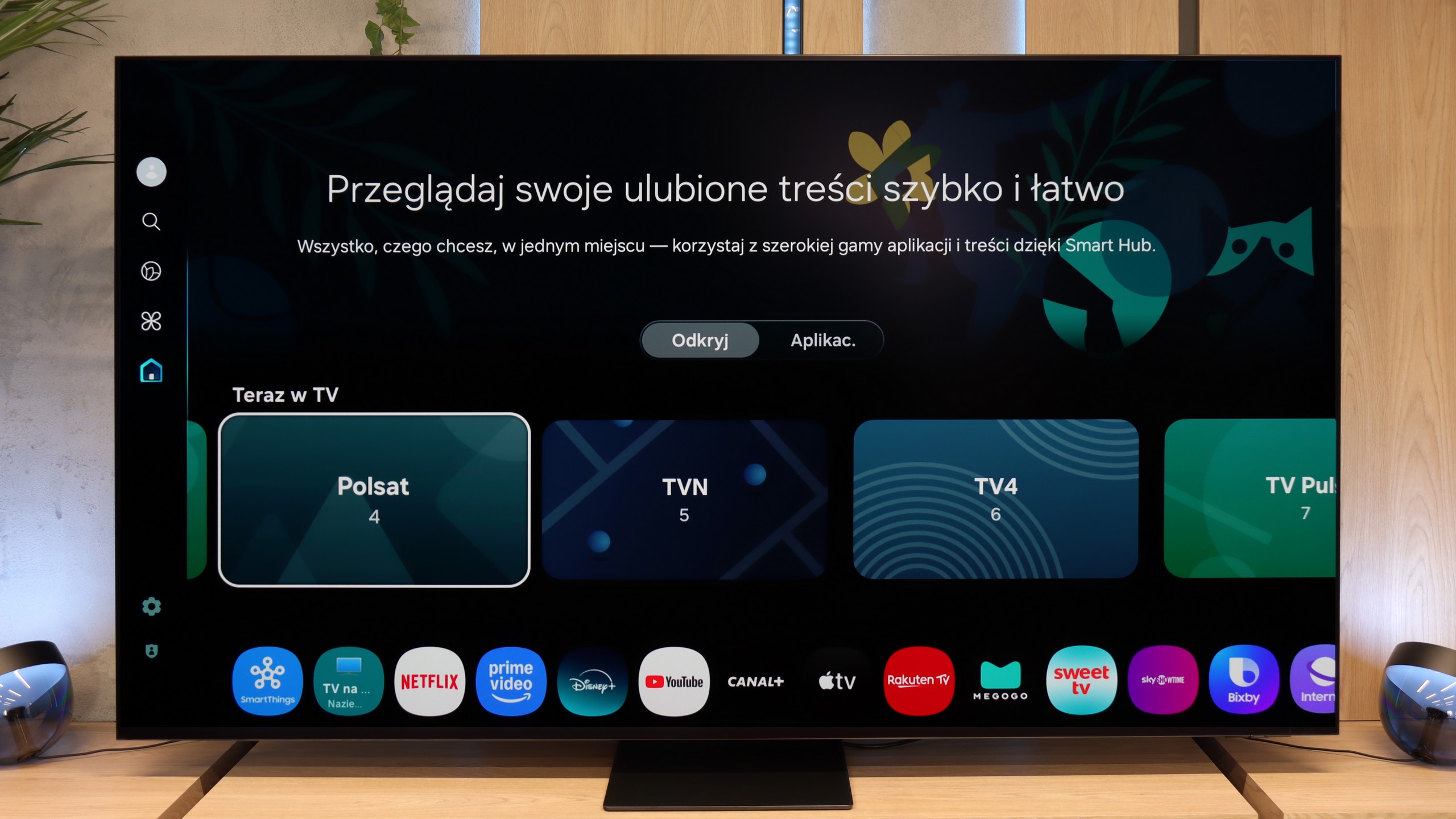
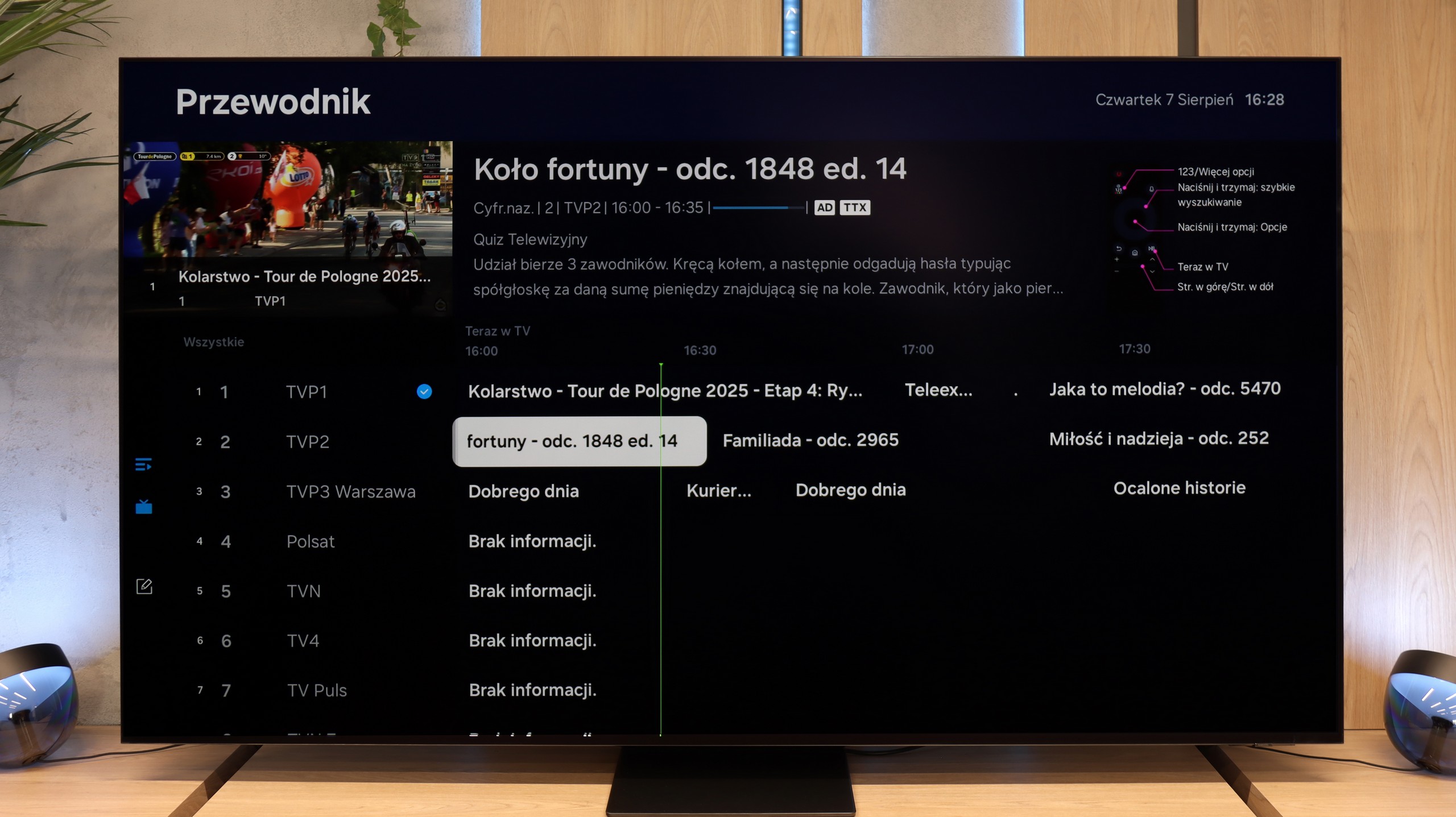
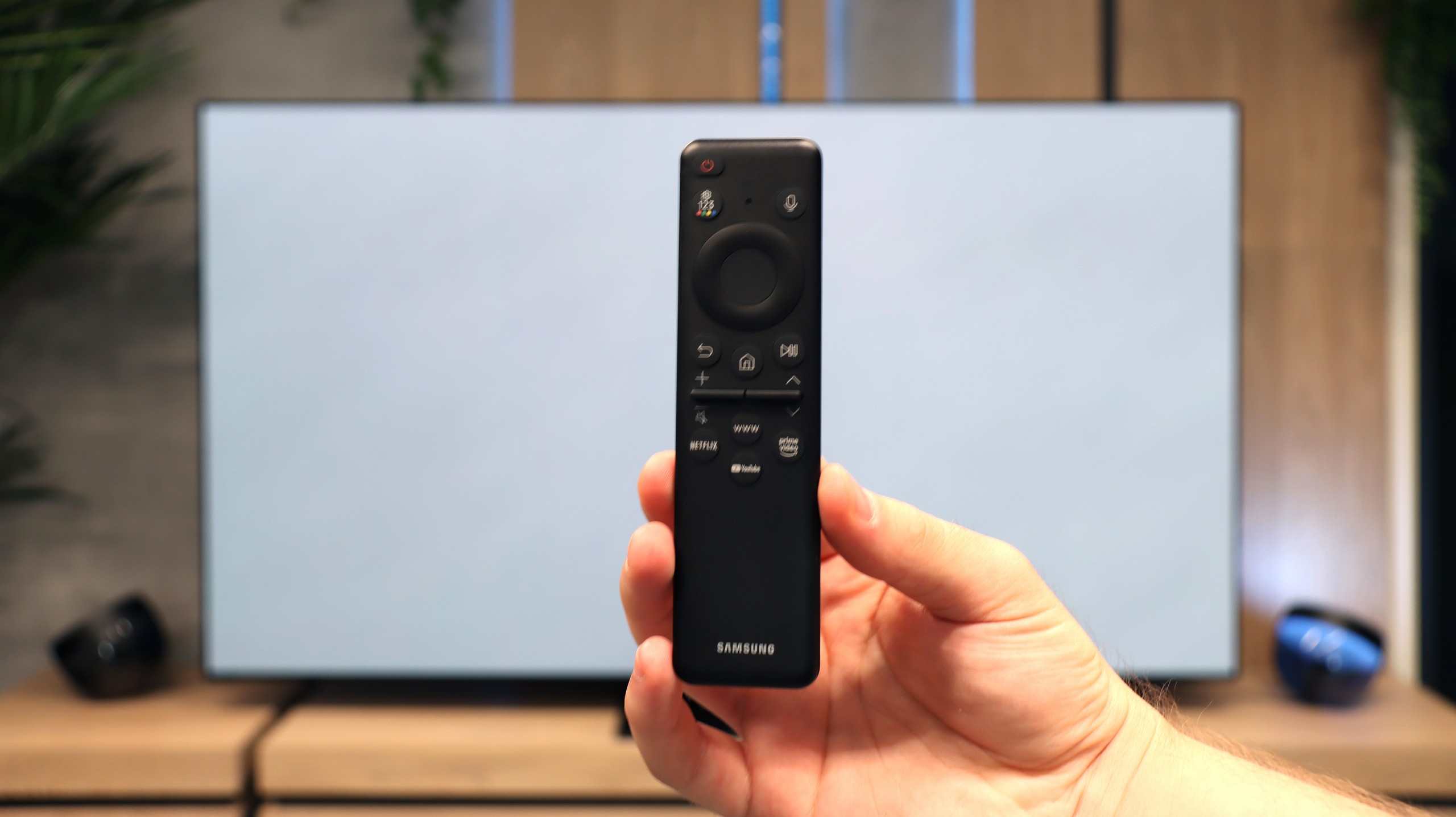
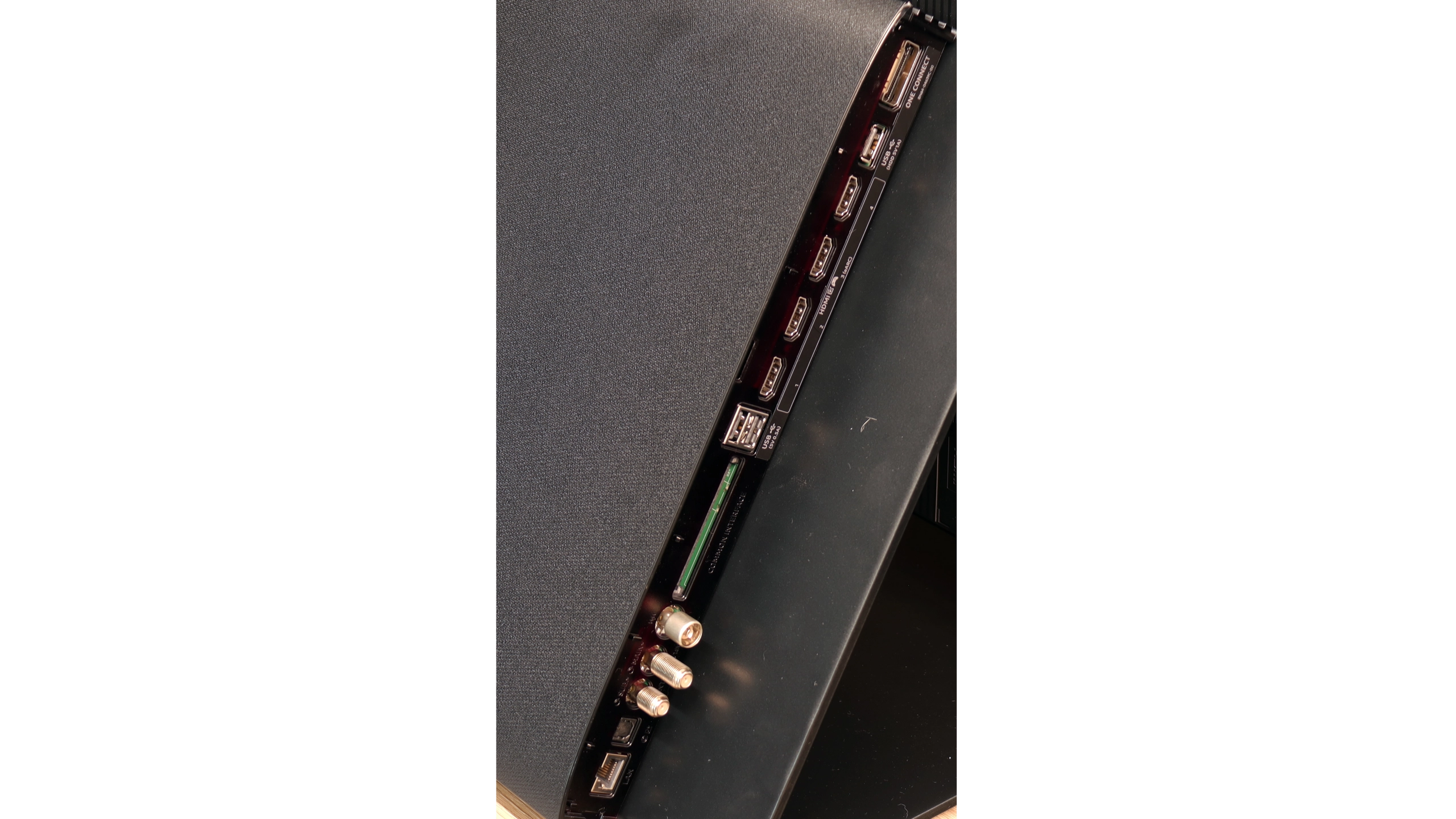
GoogleTV and SmartTV features
Sony Bravia 5 runs on Google TV, and it must be said that this is one of the best-optimised systems in this brand's offering. The interface works smoothly, with no annoying bugs or bizarre translations, and navigating the menu doesn’t feel like walking through a minefield. Admittedly, there are moments when the whole system catches a slight breath – as if it has its “weaker moments” – but these are rare enough not to spoil the overall impression. We have full AirPlay support, voice search with Google AI assistance, and the ability to download practically any app that comes to mind. The only drawback in tests turned out to be the screen mirroring function, which theoretically should work with laptops and phones, but in practice proved almost useless – there was no stable image on Windows and Android.
User features
From the perspective of classic functionality, the Bravia 5 performs solidly and practically. A big plus is the presence of two remotes – one is a slim, modern smart remote, while the other, although operating via infrared, has a classic numeric keypad. This way, we can always choose which one suits the situation better. The EPG, or electronic programme guide, is clear and allows you to programme recordings to a USB drive – a seemingly simple solution, but incredibly useful. Additionally, the TV supports connecting a variety of devices: from an amplifier or soundbar via HDMI eARC, to headphones and other wireless accessories via Bluetooth. This is a set that makes the TV not just a screen, but a well-thought-out home entertainment centre.
SmartTV in S95F: Tizen
Samsung S95F is not just a screen for movies and games, but also a well-developed smart platform. The Tizen system runs quickly and efficiently – it's hard to encounter stuttering or serious issues. On a daily basis, we have everything we need: AirPlay, screen sharing from a smartphone, voice search (working even without a remote in hand). It’s a closed system, so we won’t find every app available on Android, but the library is rich enough that no one will feel shortchanged. Additionally, there’s SmartThings, which integrates with smart home devices, allowing the television to be more than just a display.
Classic Features of S95F
A pleasant surprise is the presence of features that are sometimes overlooked in this category of equipment – PiP, teletext, and the ability to connect headphones via Bluetooth. The only thing missing is USB recording from the built-in DVB-T/T2 tuners, but Samsung makes up for this with a great remote (small) that can easily control other devices, including the Canal+ decoder. The One Connect module also deserves praise – having all the ports hidden in a separate box is a huge convenience, especially for those who frequently juggle connected devices. It’s hard to pinpoint any element that could lead to complaints.
Playing files from USB
8.9/10
9/10
Supported photo formats:
Maximum photo resolution:

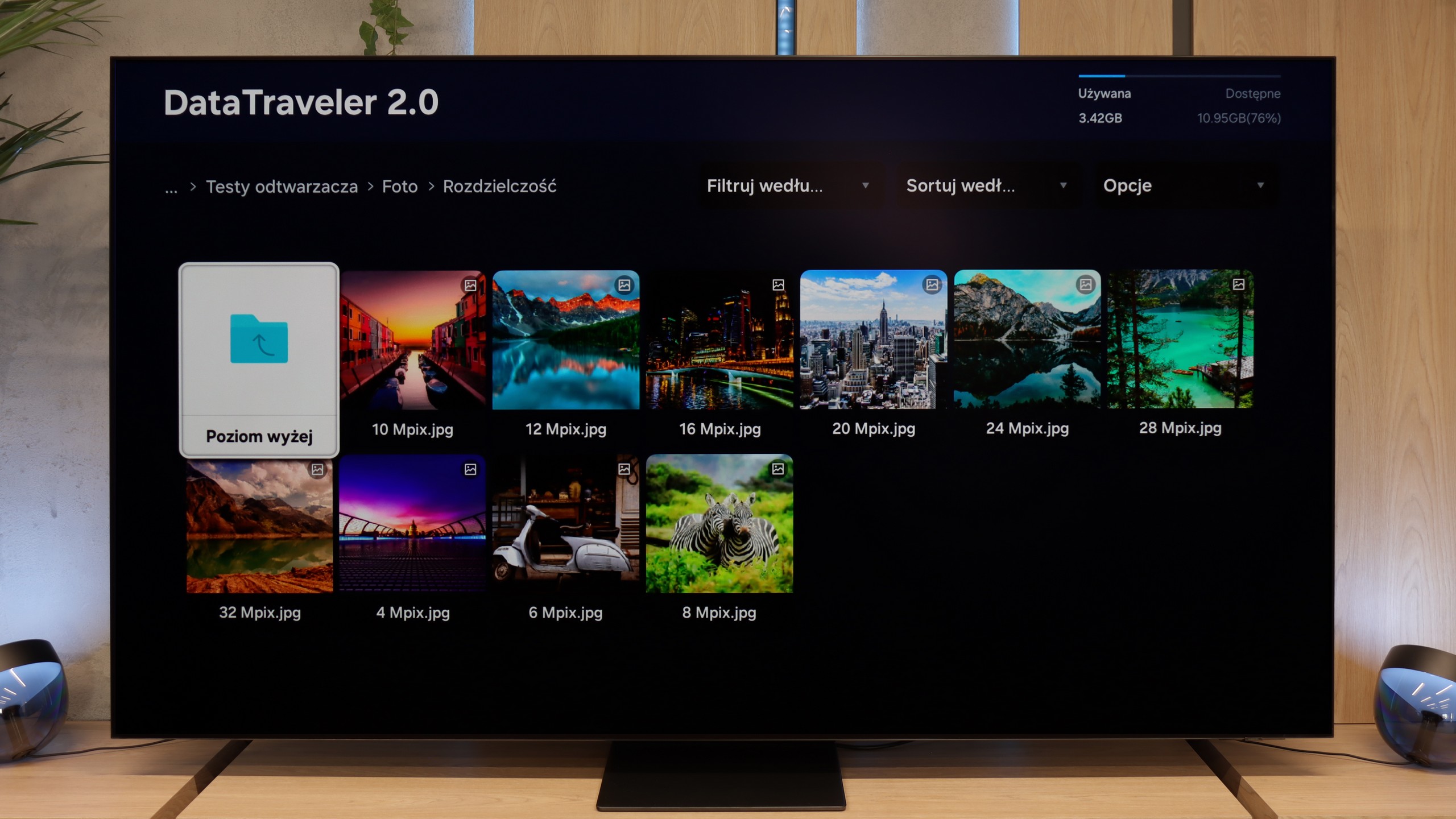
Bravia 5 handles multimedia playback from USB quite efficiently. In practice, nearly everything works – movies, music, photos – although of course we encountered some minor issues. Some subtitles can be troublesome, as can exotic photo formats, which were not always correctly recognised. However, this is standard in the world of televisions, and it's hard to take it too seriously. A significant advantage, though, is that thanks to Android, we are not limited to the system player. It's enough to install an external app, like VLC, and all restrictions disappear. This is the strength of this system – the manufacturer does not confine us to their ecosystem, but rather gives us the freedom of choice.
The built-in media player in the S95F works quite well, although it is not without its limitations. It handles most popular video and audio formats, but there may be some reservations regarding photos. The manufacturer's claims do not always align with reality – for example, HEIC files refused to open. On the other hand, for most users, such a set of features will be perfectly adequate, while those who need something more advanced can always look for alternatives in the Tizen catalog (if they can find one) or use wireless connectivity 😉.
Apps
9.6/10
8.7/10














































Sound
7/10
8/10
- Maximum volume84dB82dB
- Dolby Digital Plus 7.1
- Dolby True HD 7.1
- Dolby Atmos in Dolby Digital Plus (JOC)
- Dolby Atmos in Dolby True HD
- DTS:X in DTS-HD MA
- DTS-HD Master Audio
Bravia 5 positively surprises in terms of audio. The sound is pleasant, with a slightly noticeable bass thanks to the proprietary Bass Reflex speakers. Overall, it plays loudly, clearly, and definitely above average for a television – 40 W power in a 2.2 setup is an impressive result in this class. The placement of the speakers on the sides of the casing also plays a significant role, as it allows the sound to fill the room and creates a sense of space. However, one should not get carried away with optimism. This is still not the level of even the simplest soundbar. The Bravia 5 performs excellently in everyday use, but for those who enjoy strong sound and a cinematic effect, additional audio equipment will be a must – as is the case with nine out of ten televisions available today on the market.
The built-in speakers of the S95F can positively surprise – they play pleasantly and clearly, and despite the slim construction of the TV, it's hard to say that the sound is flat. Sure, there could be more bass, but that's a natural compromise with such a thin casing. For everyday watching of movies or series, the set performs excellently. Those who enjoy stronger experiences should consider a soundbar – preferably one with Q-Symphony support. Then the TV speakers and the Samsung soundbar work together.
Acoustic Measurements
84dBC (Max)
75dBC
82dBC (Max)
75dBC


